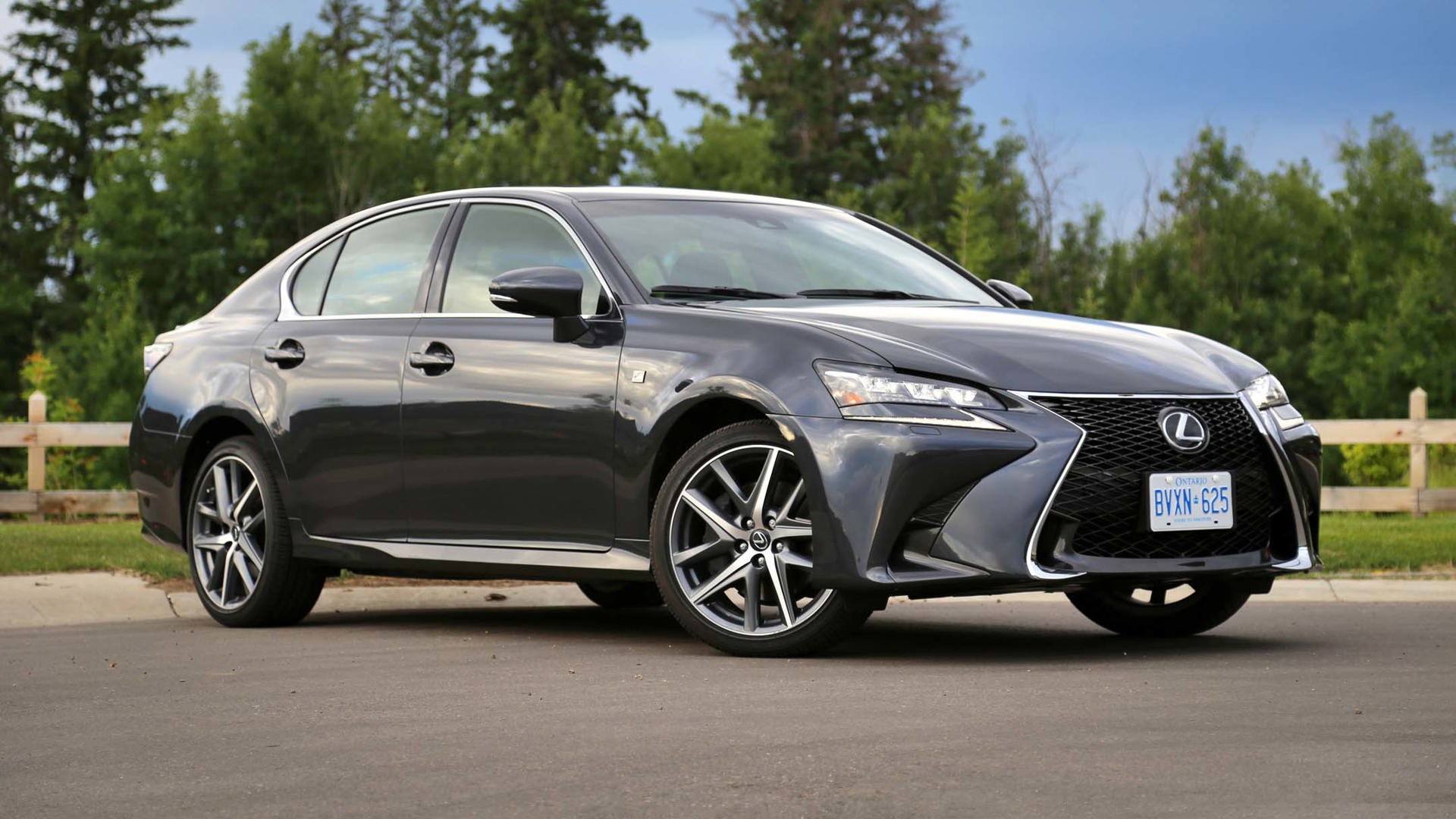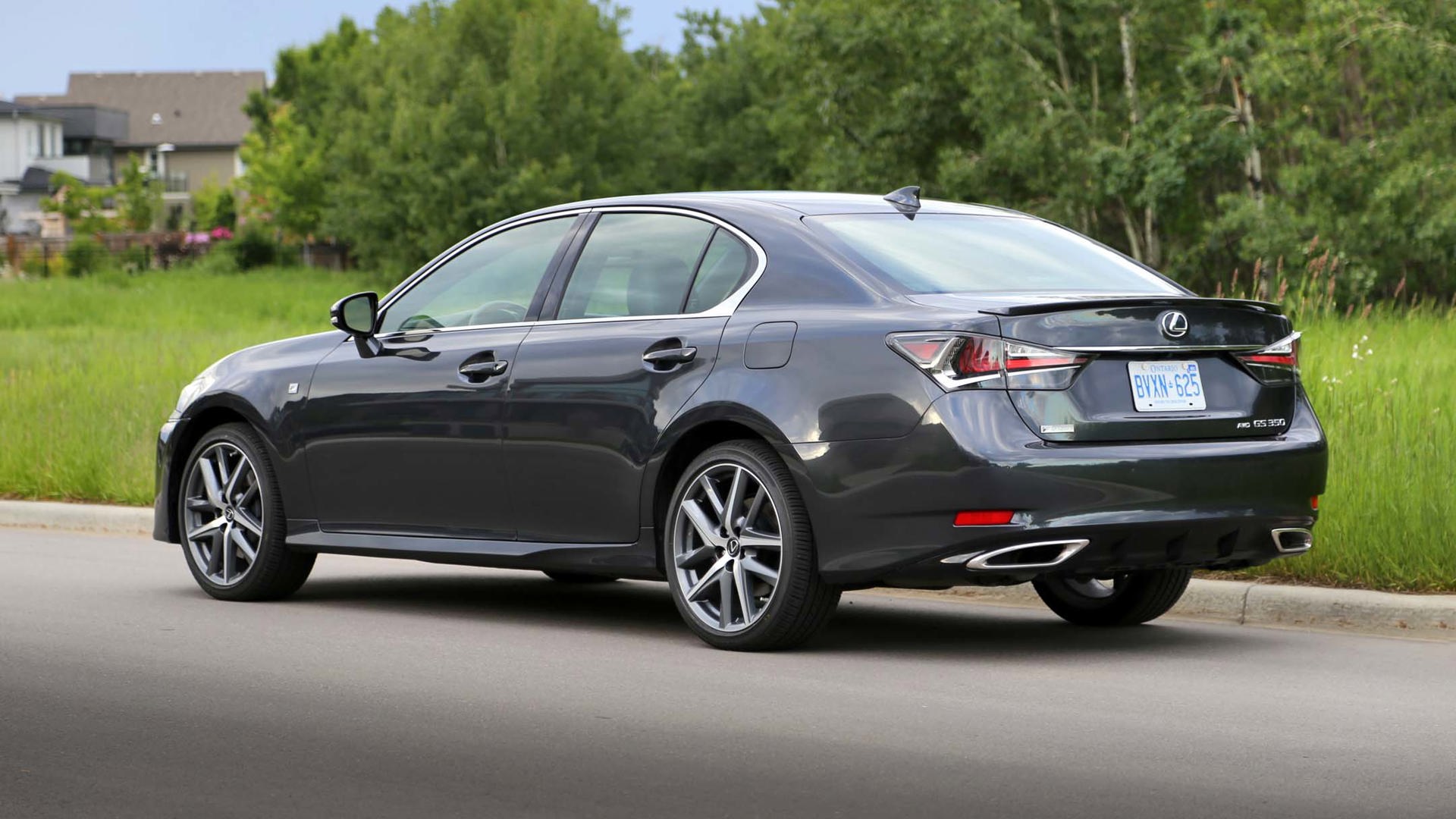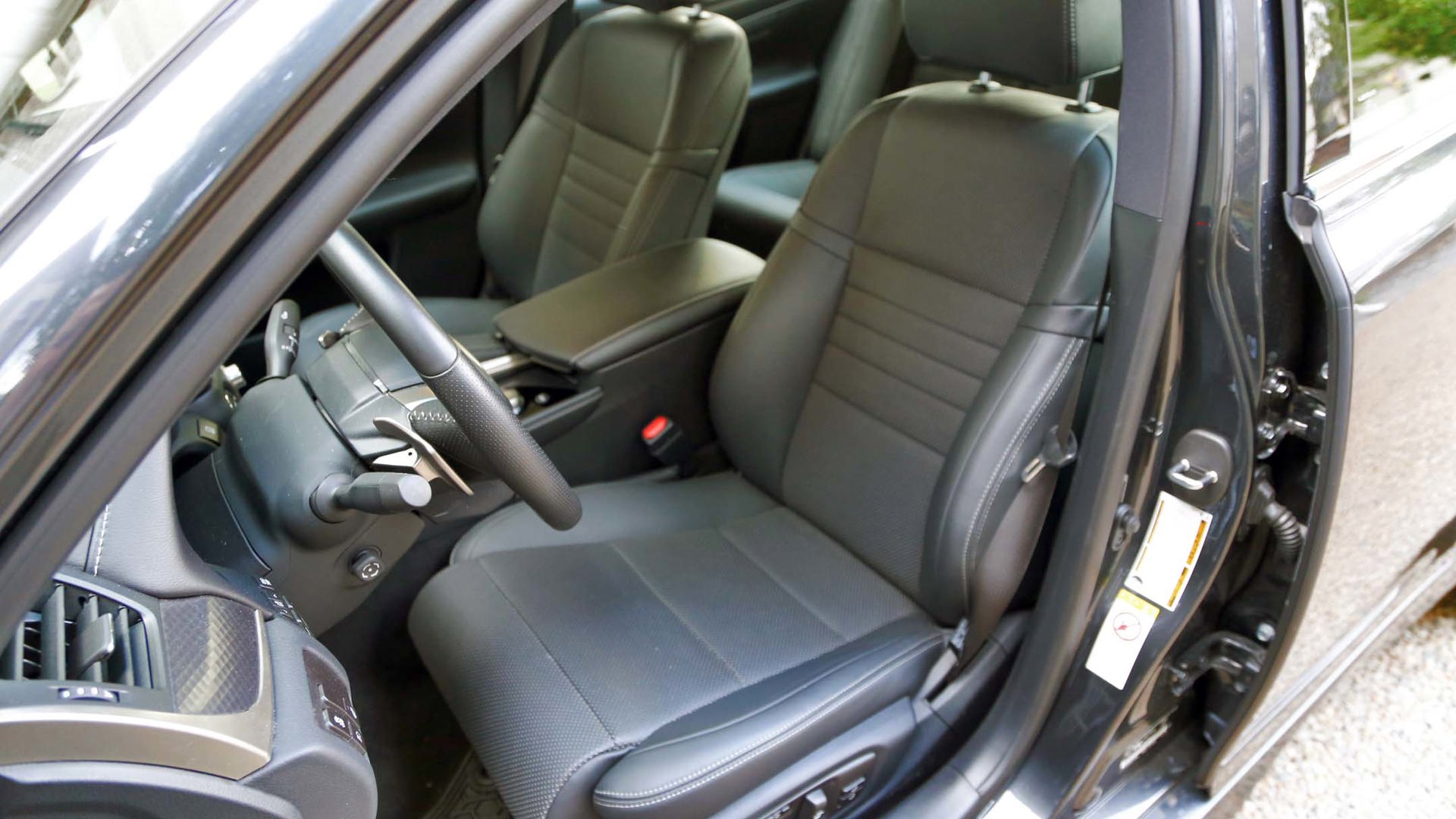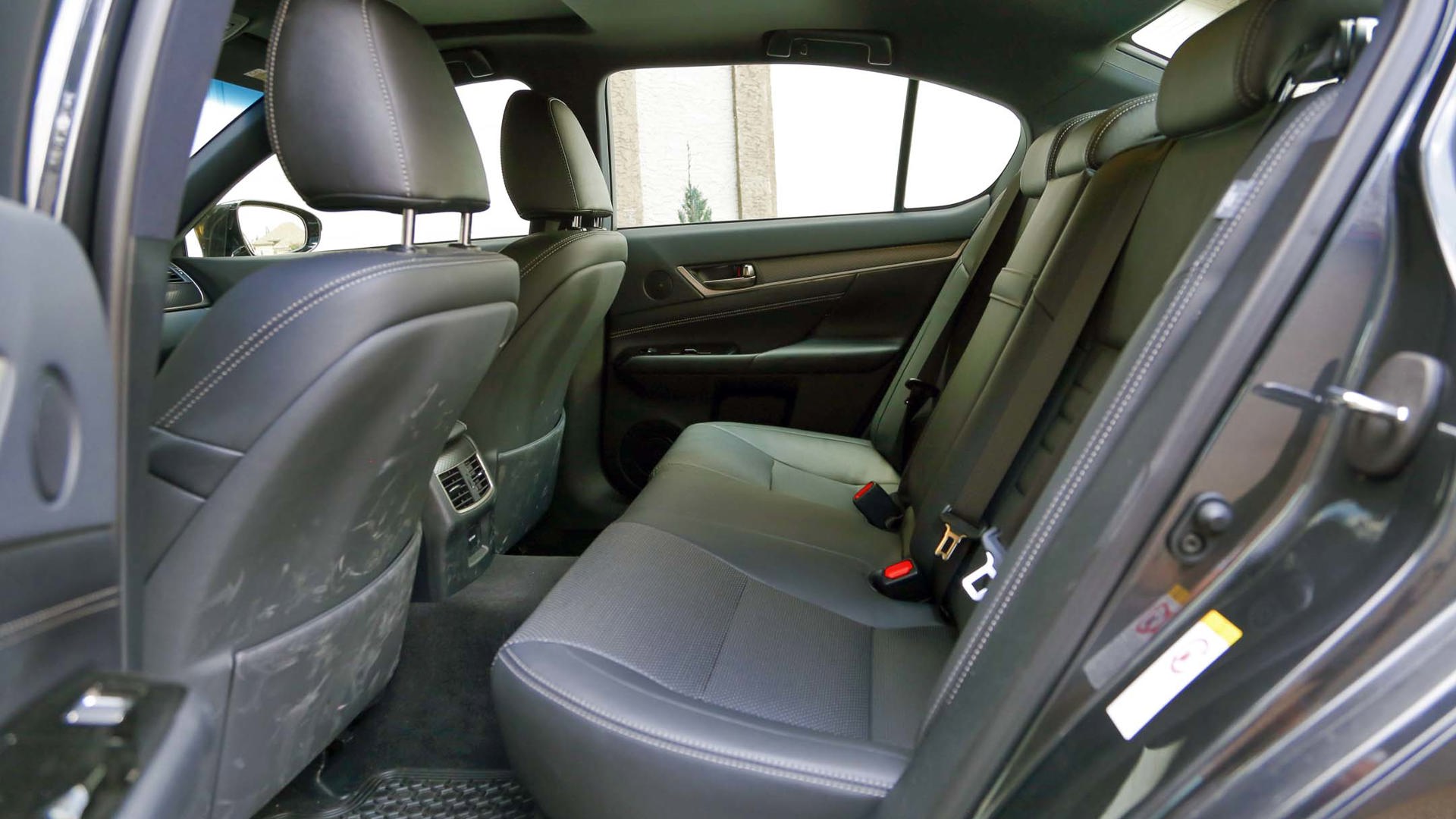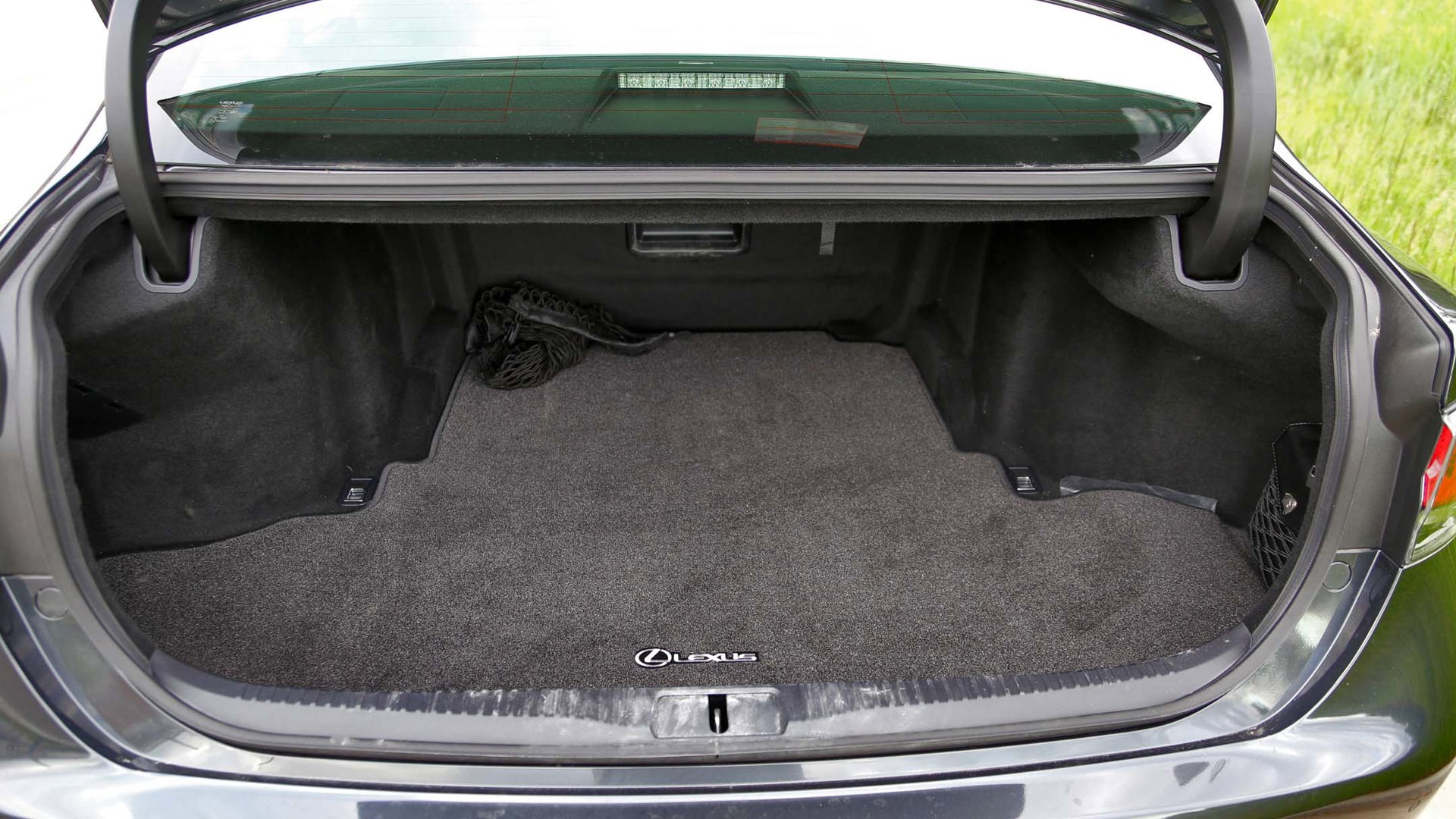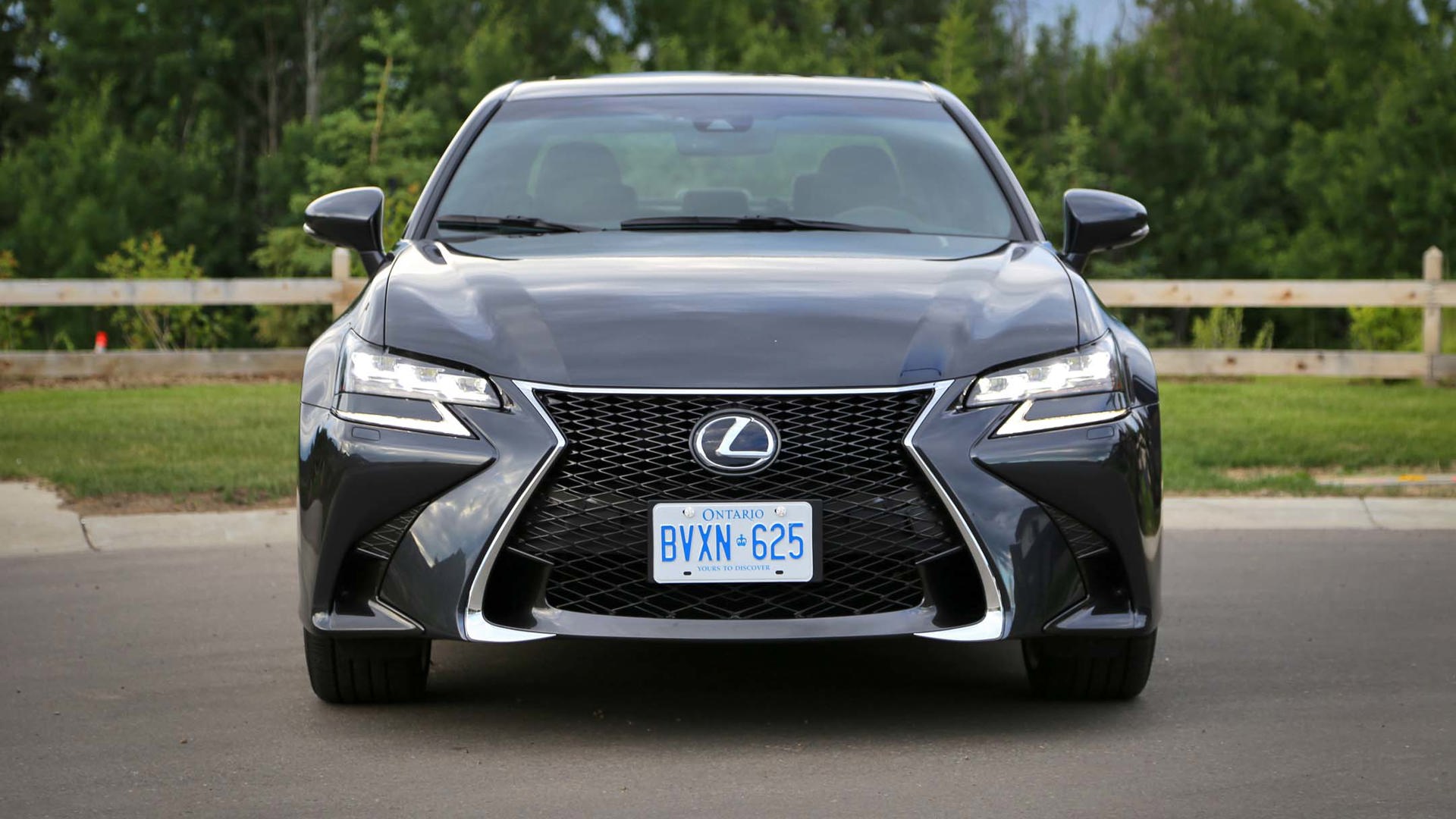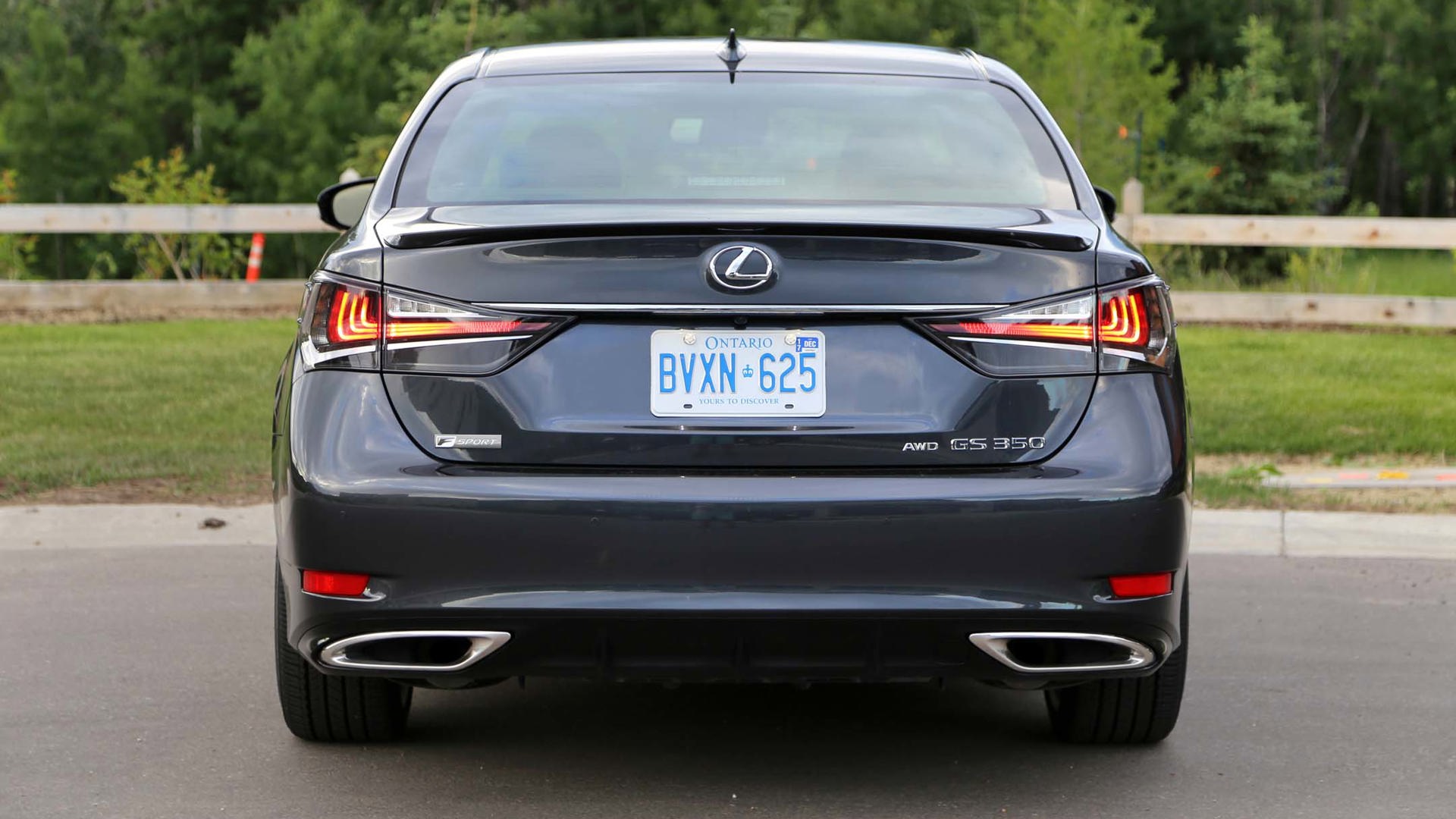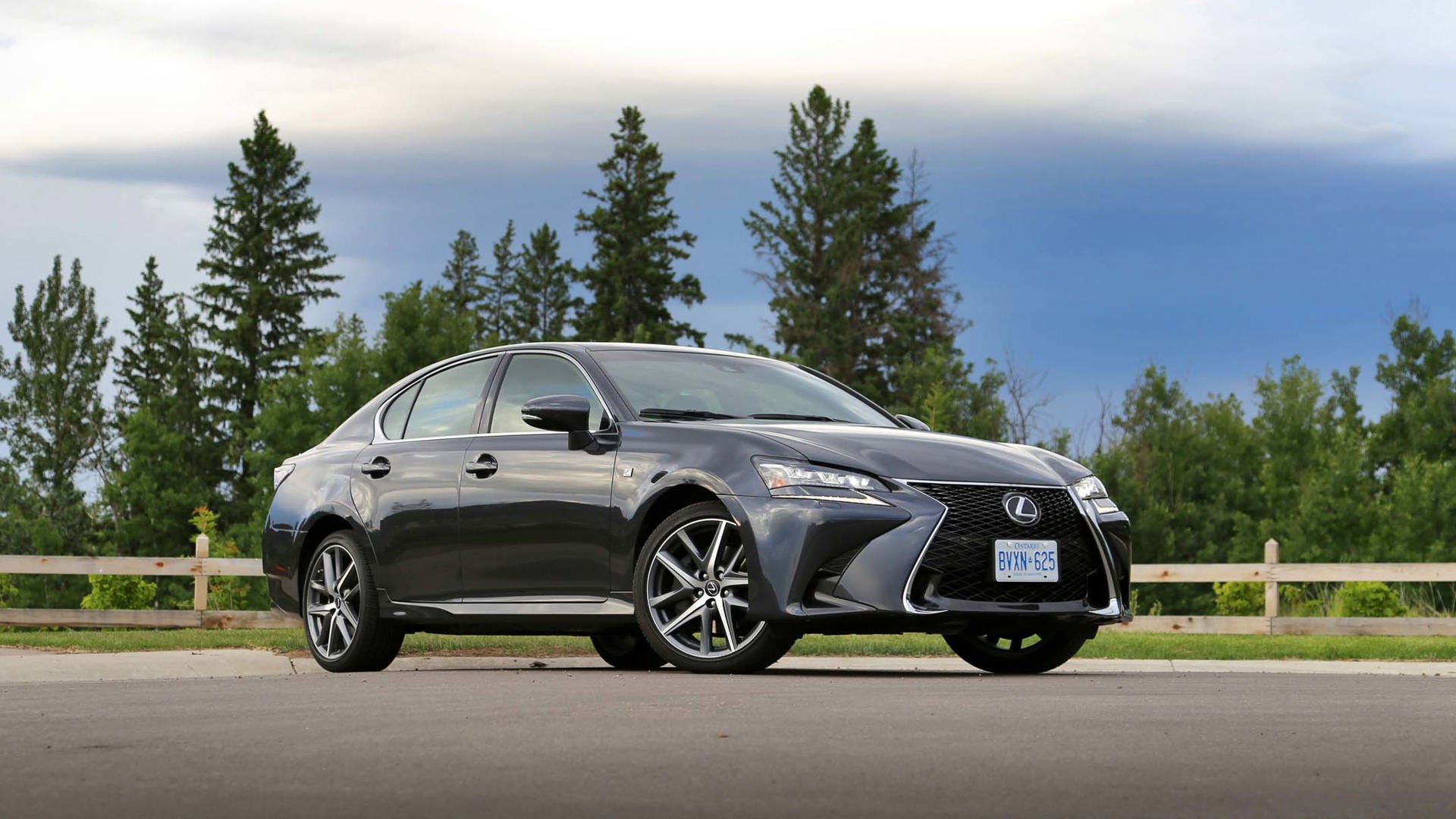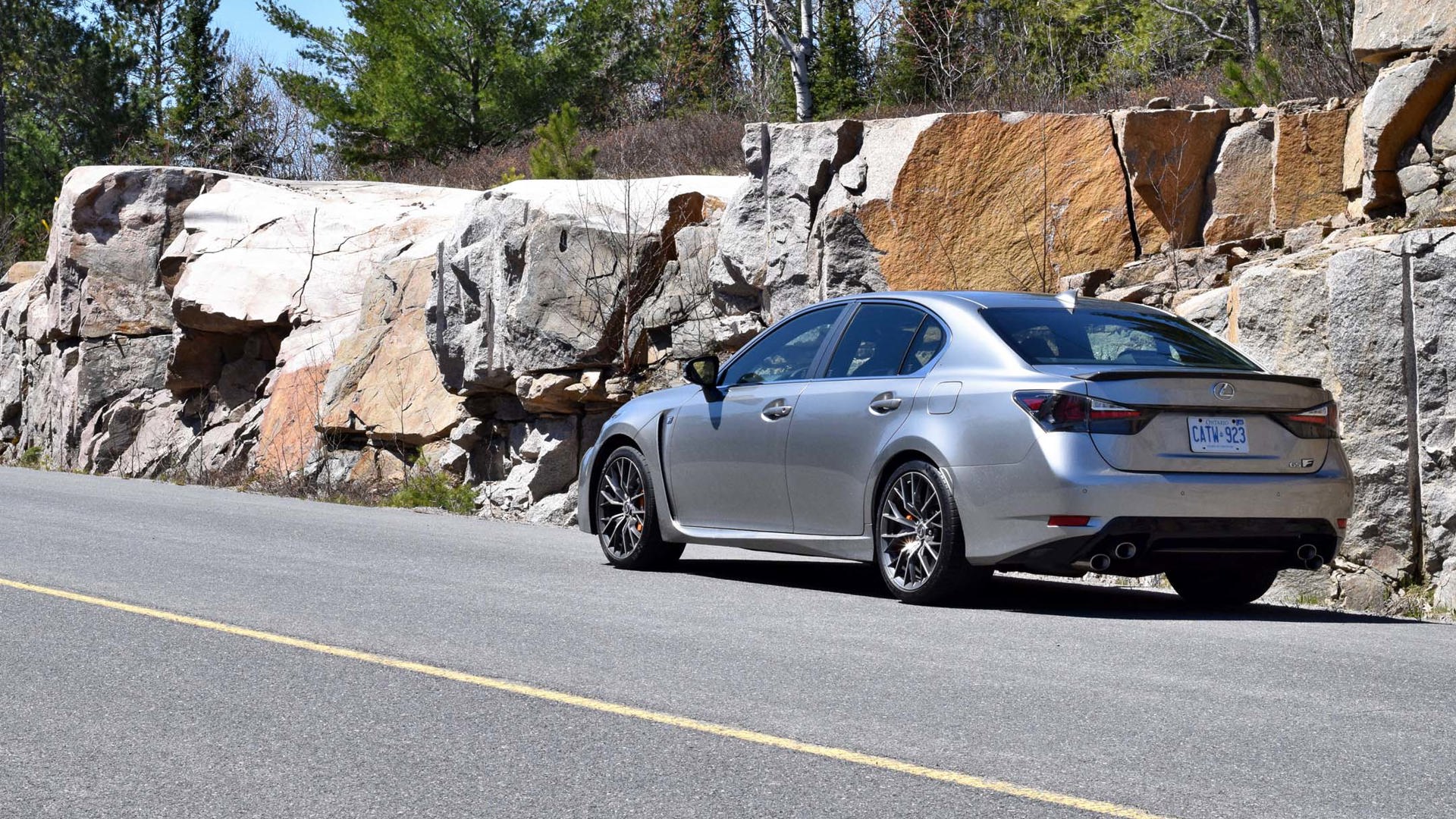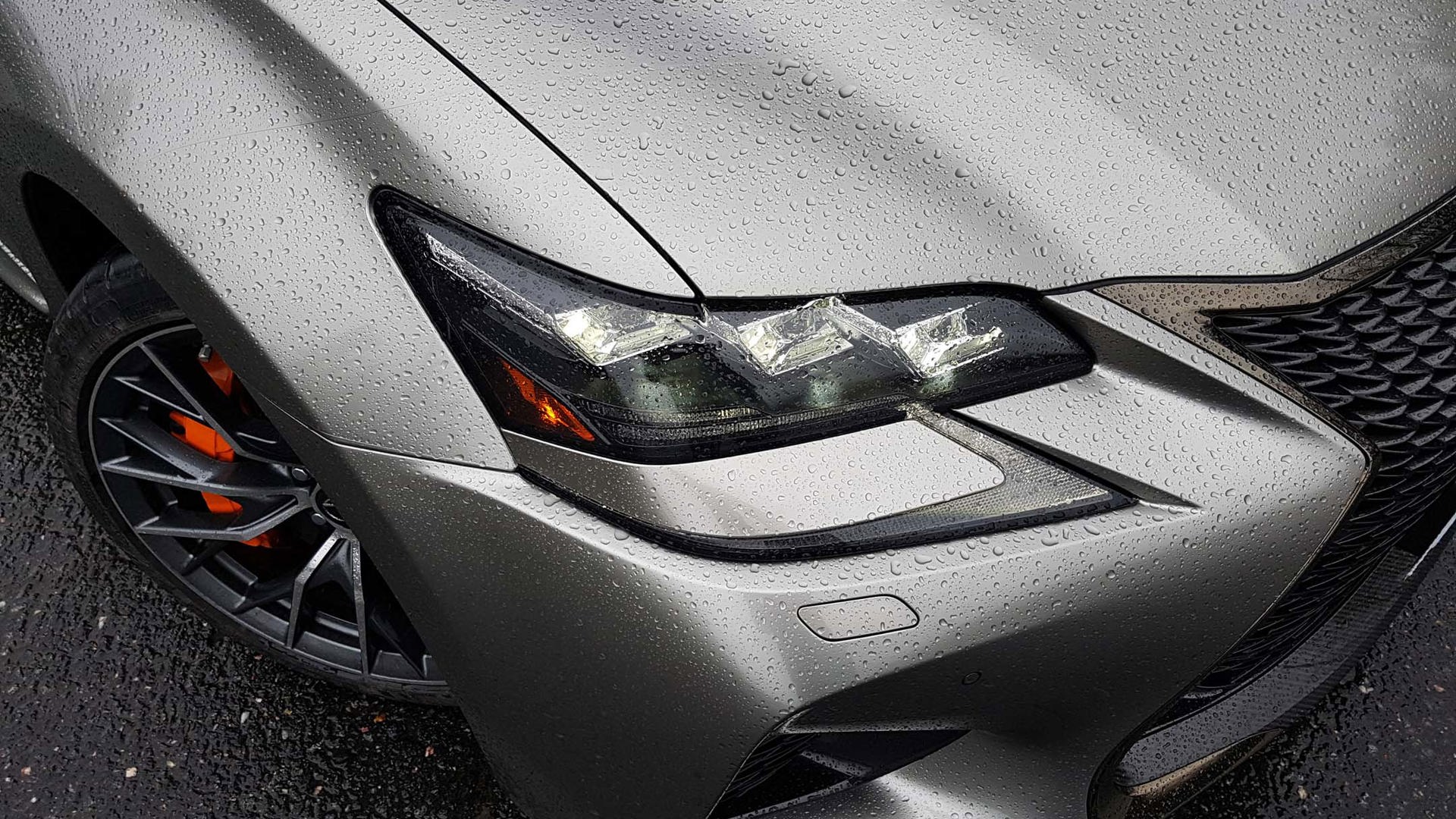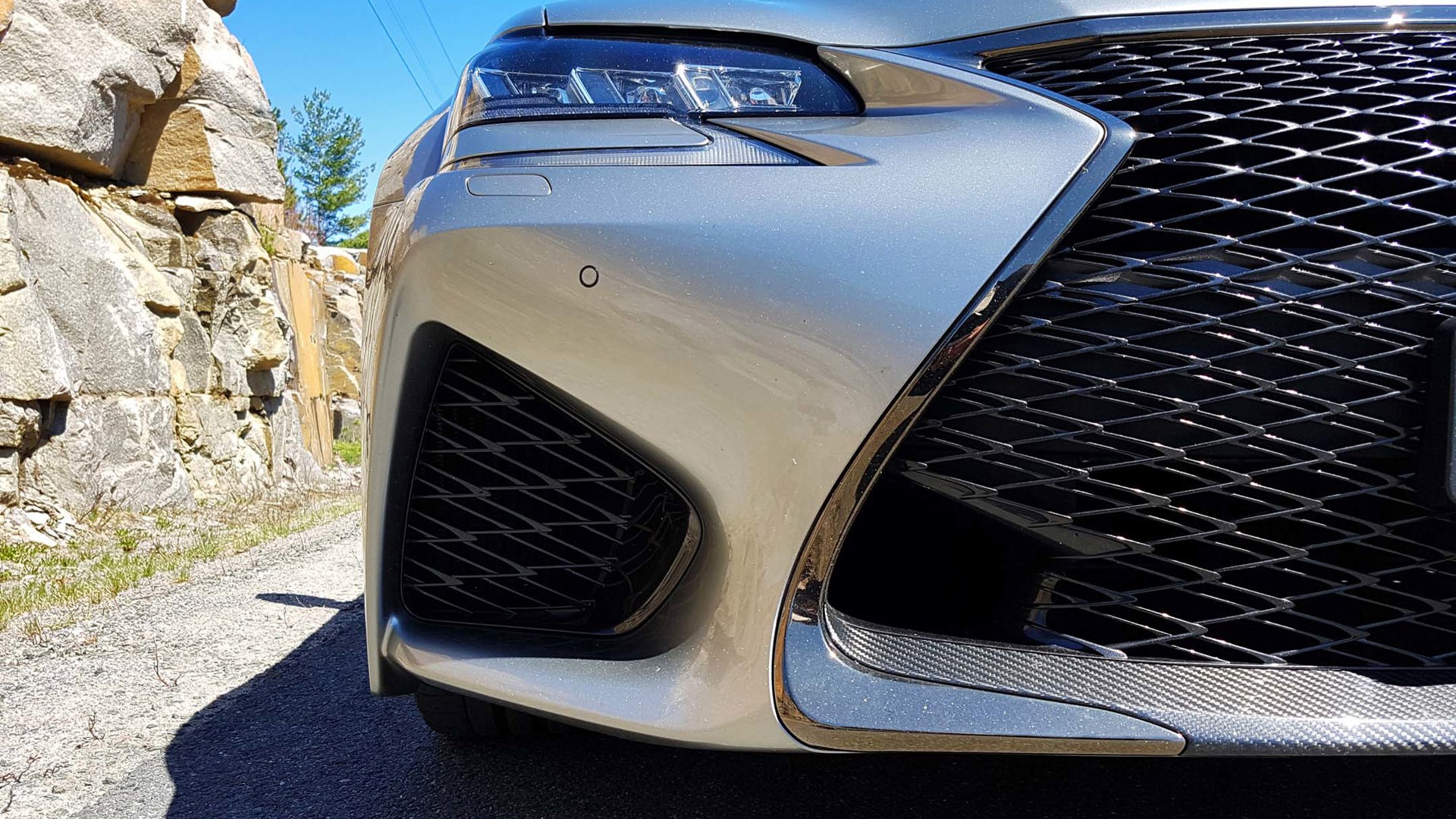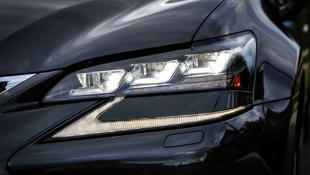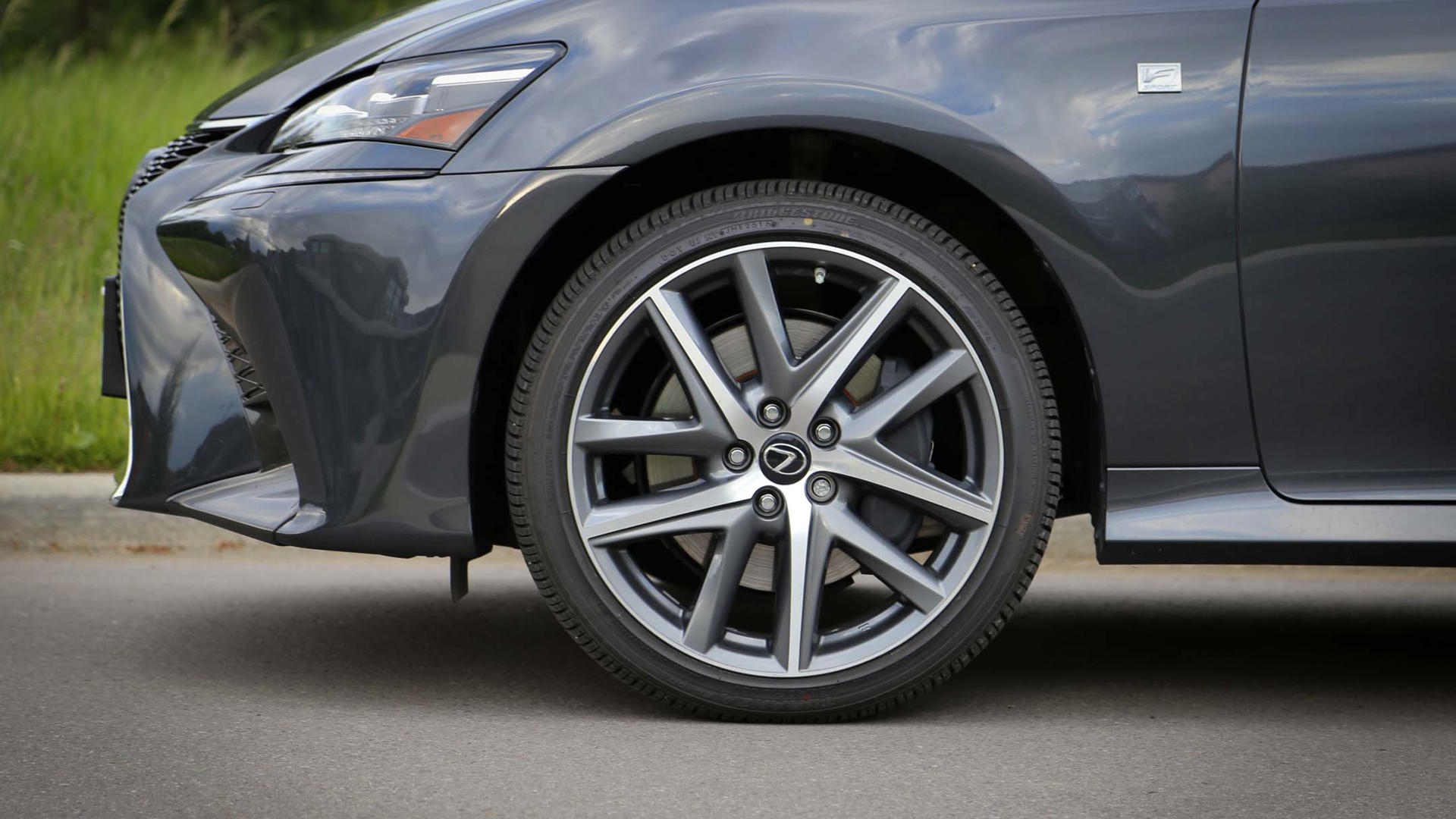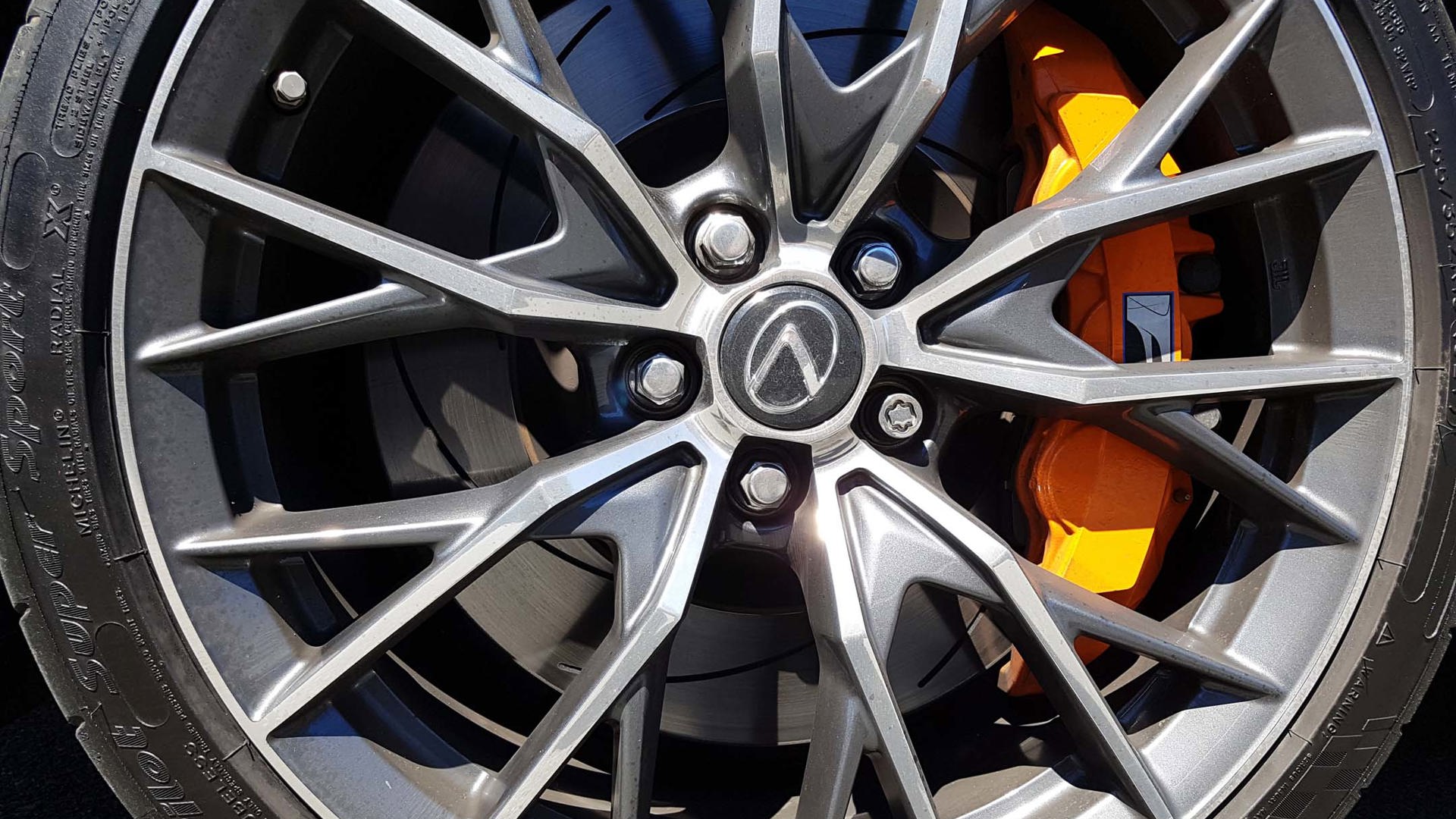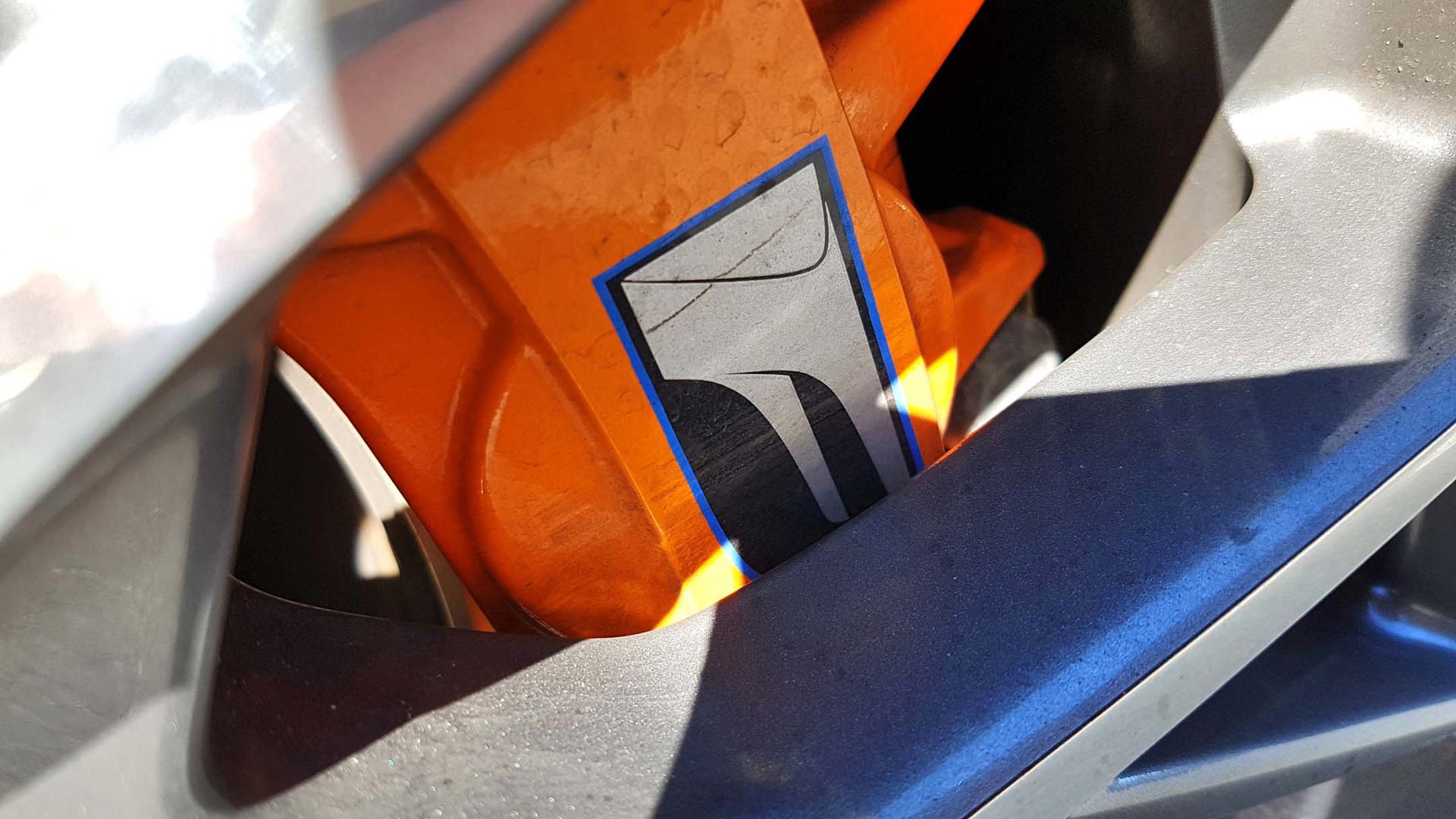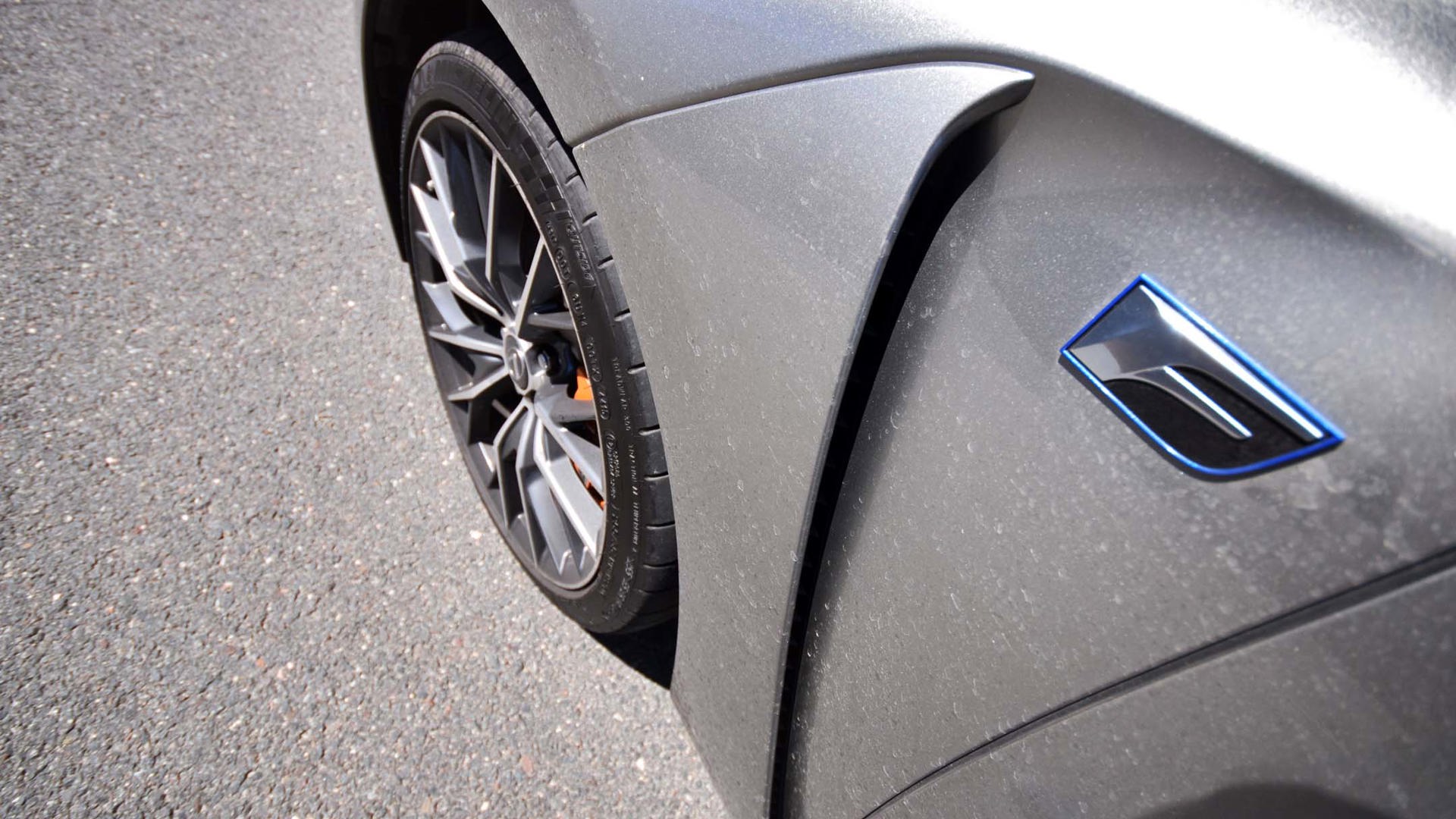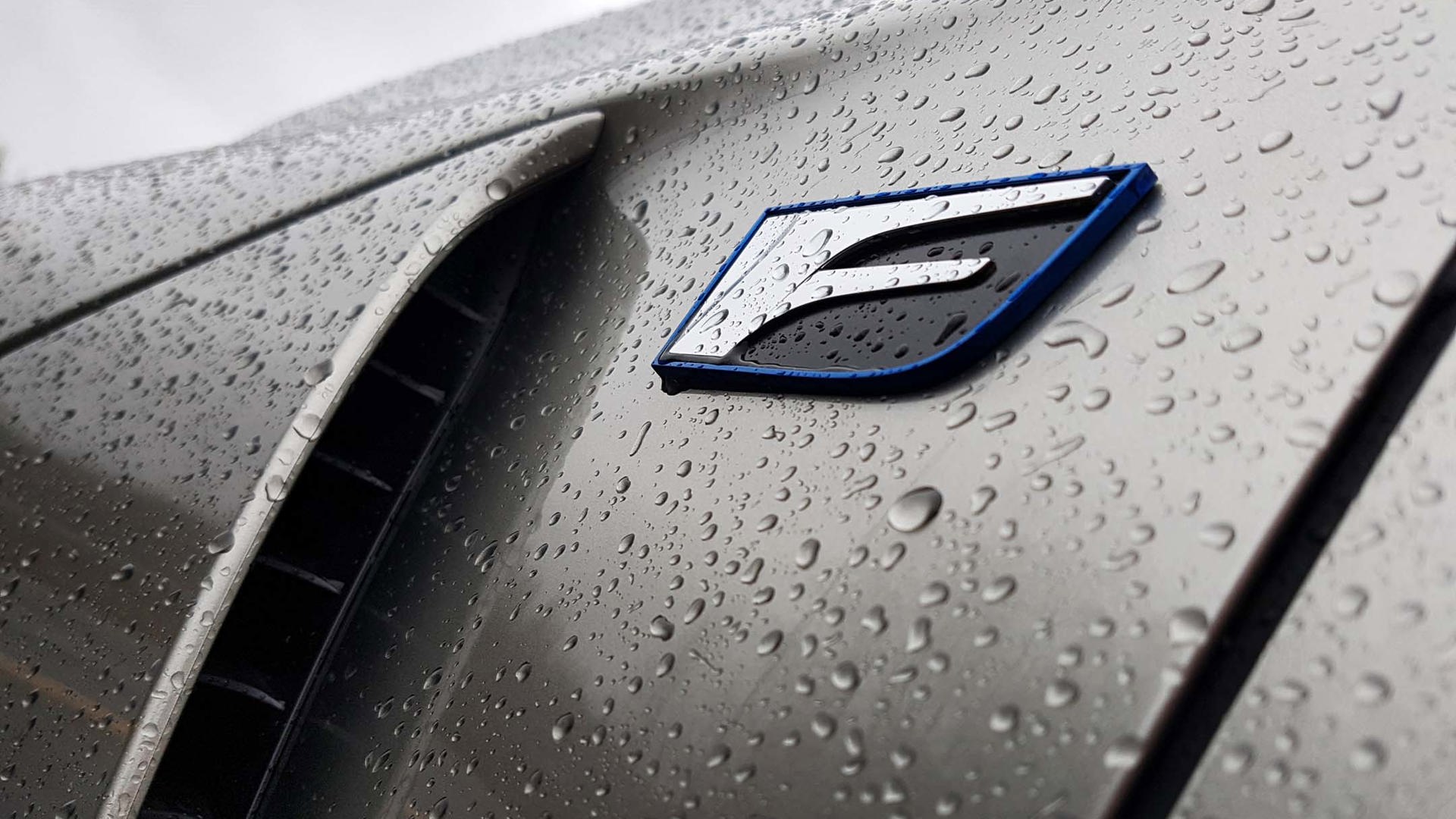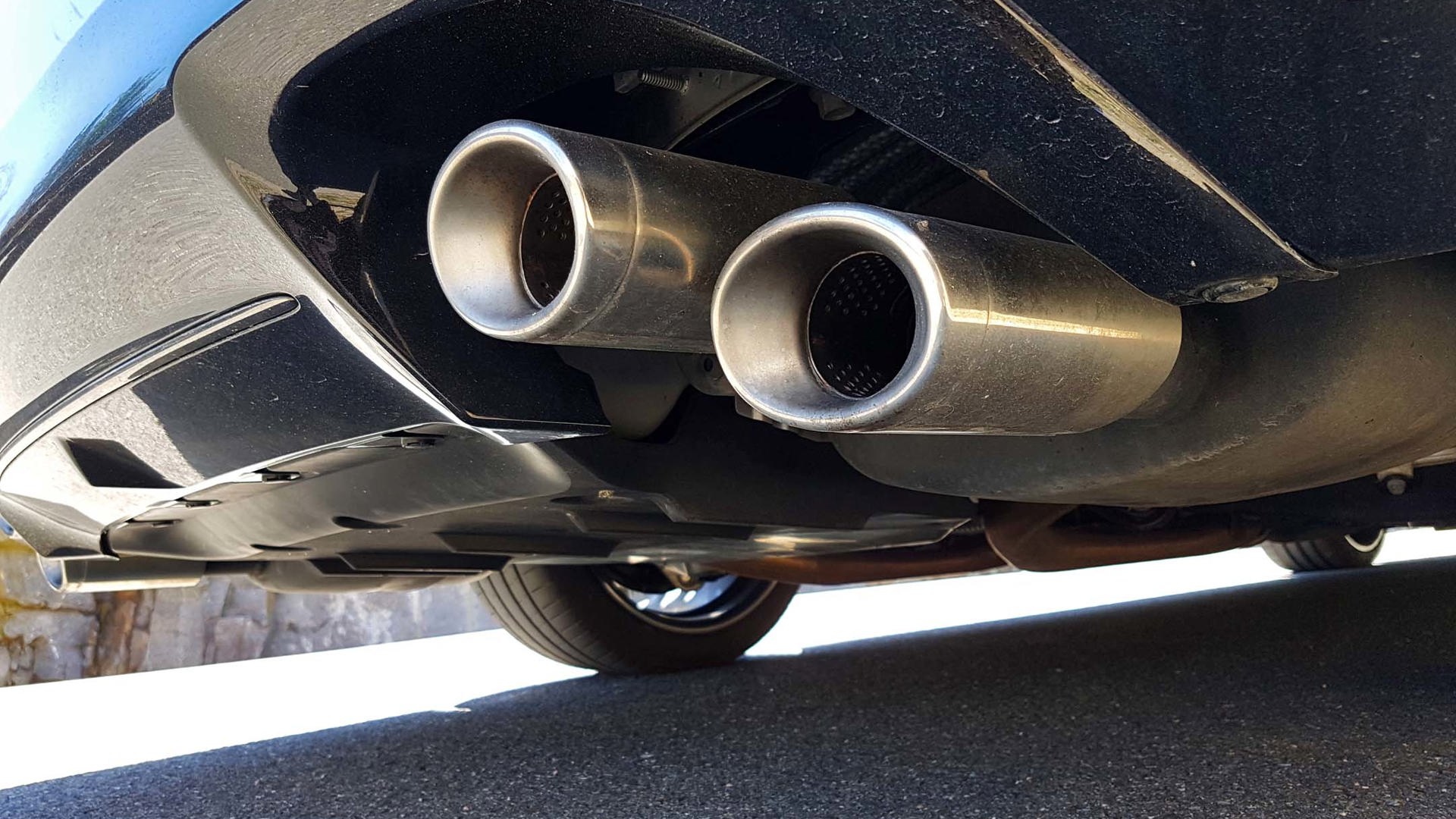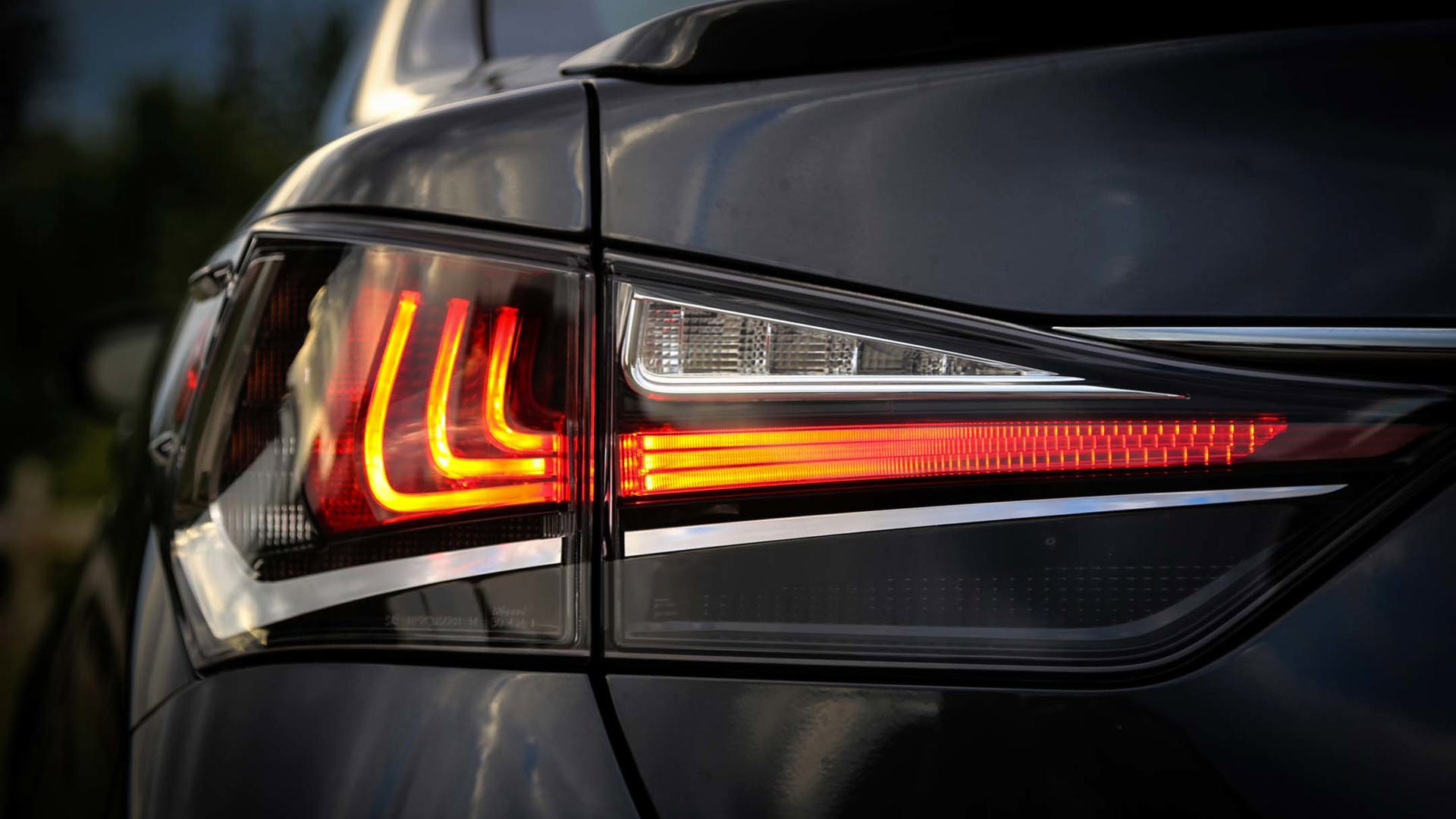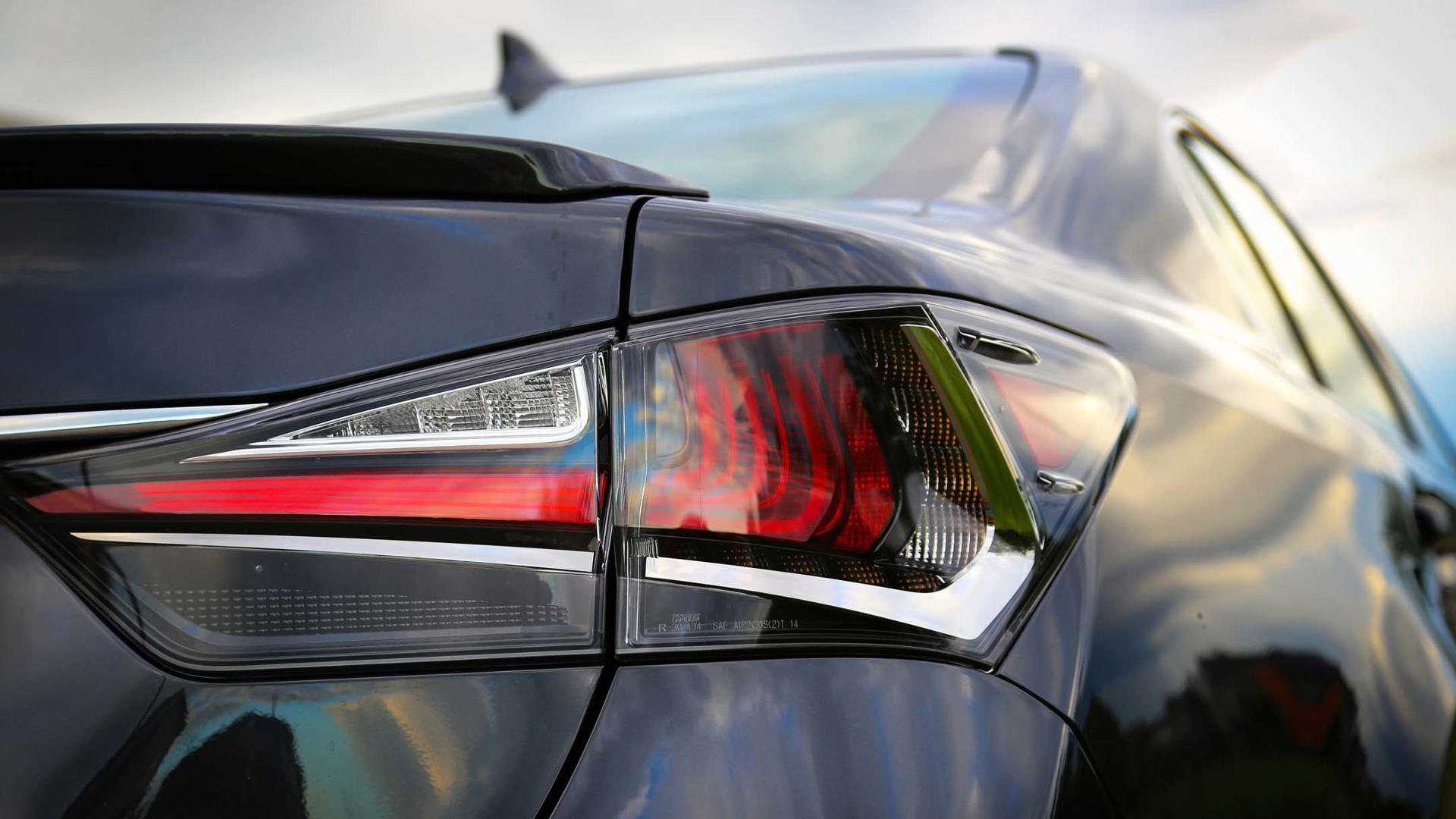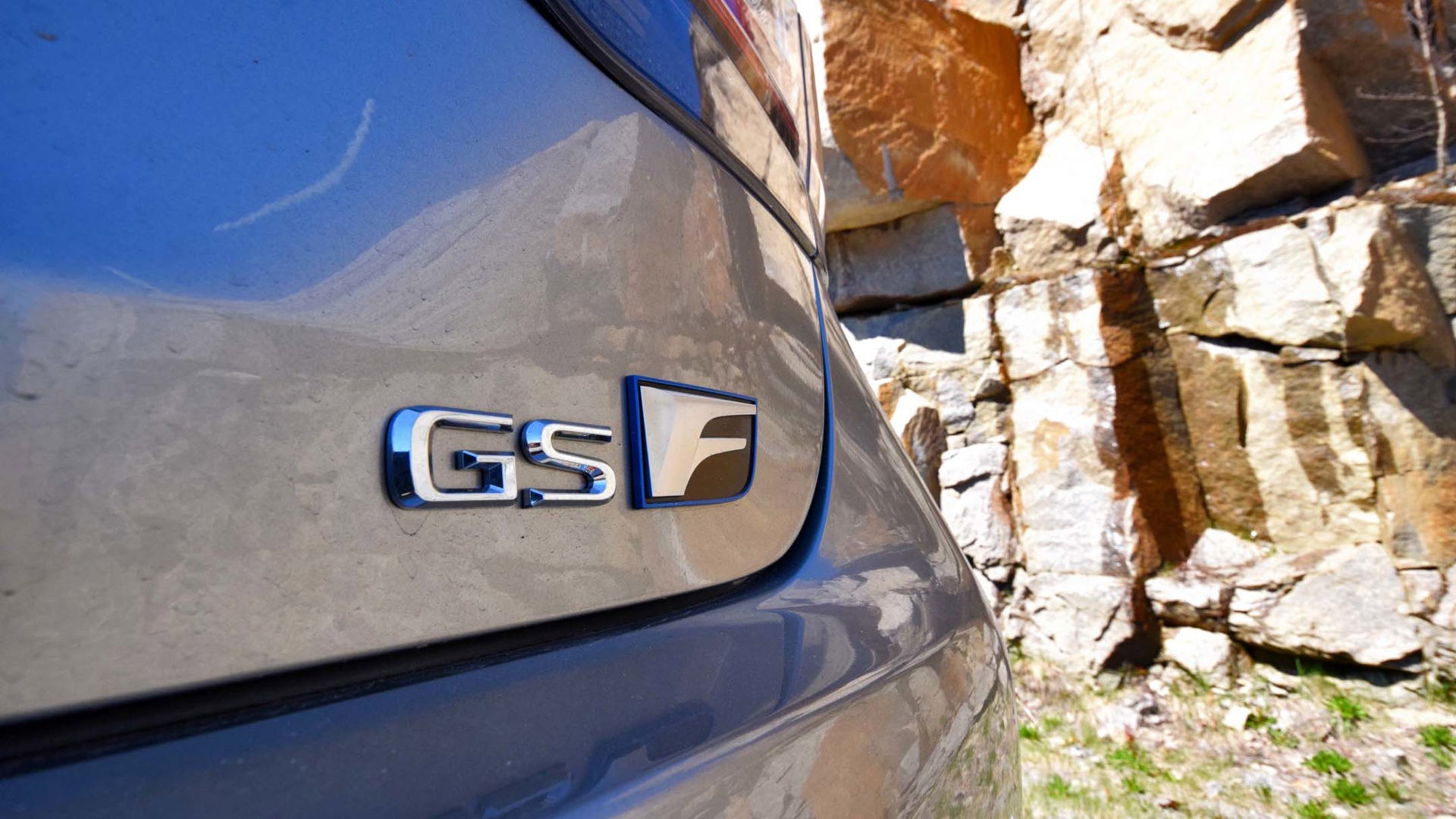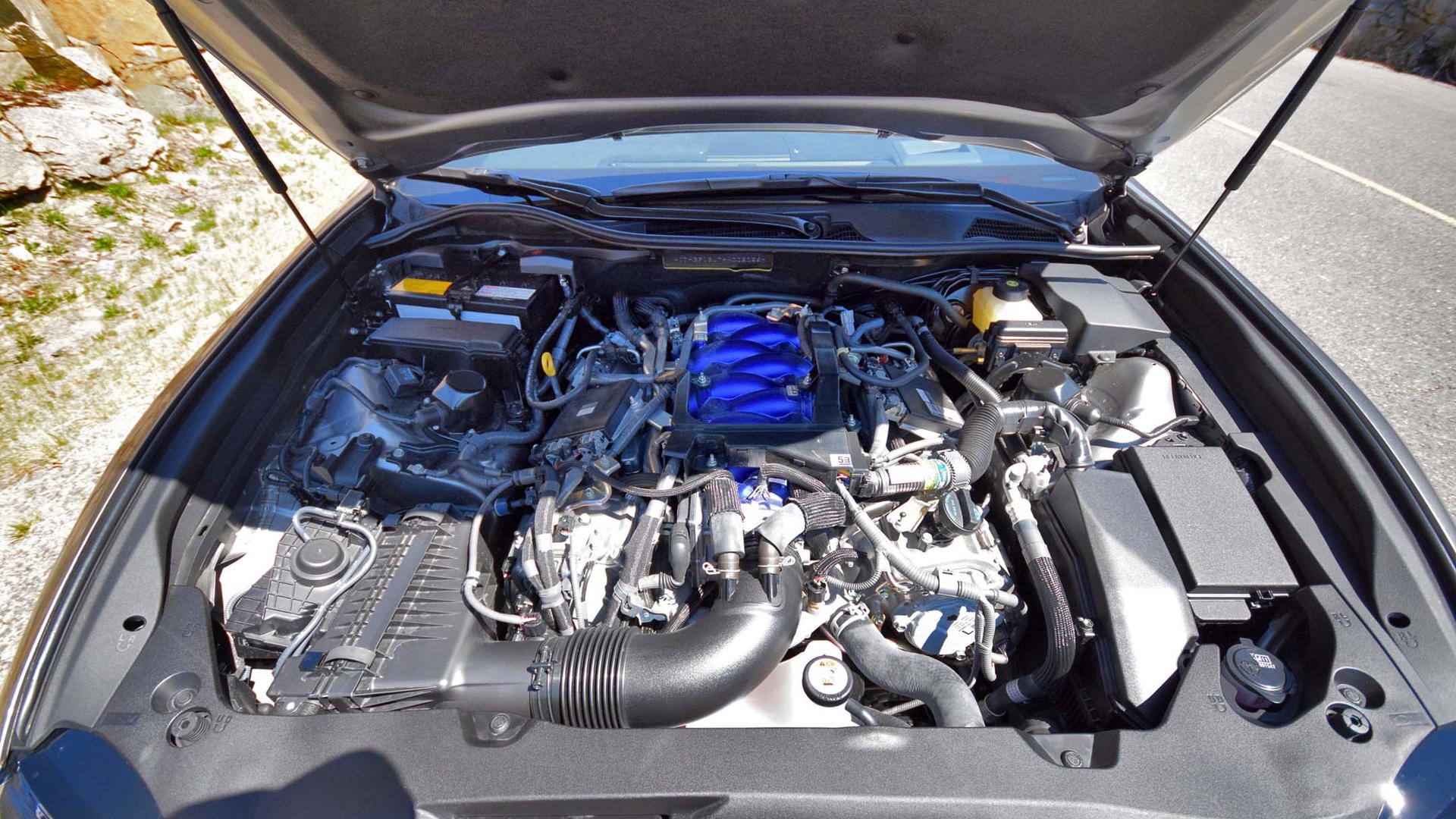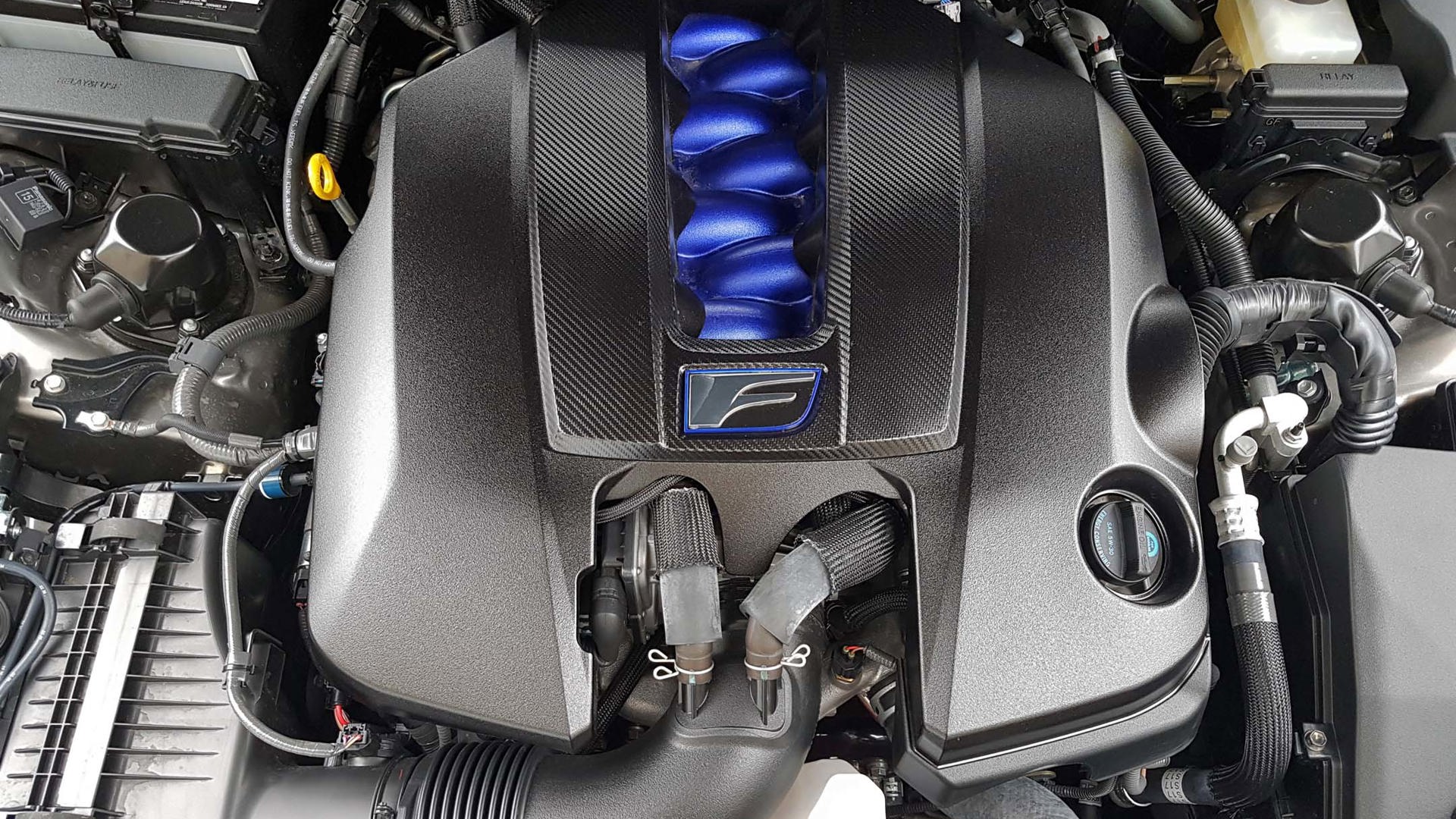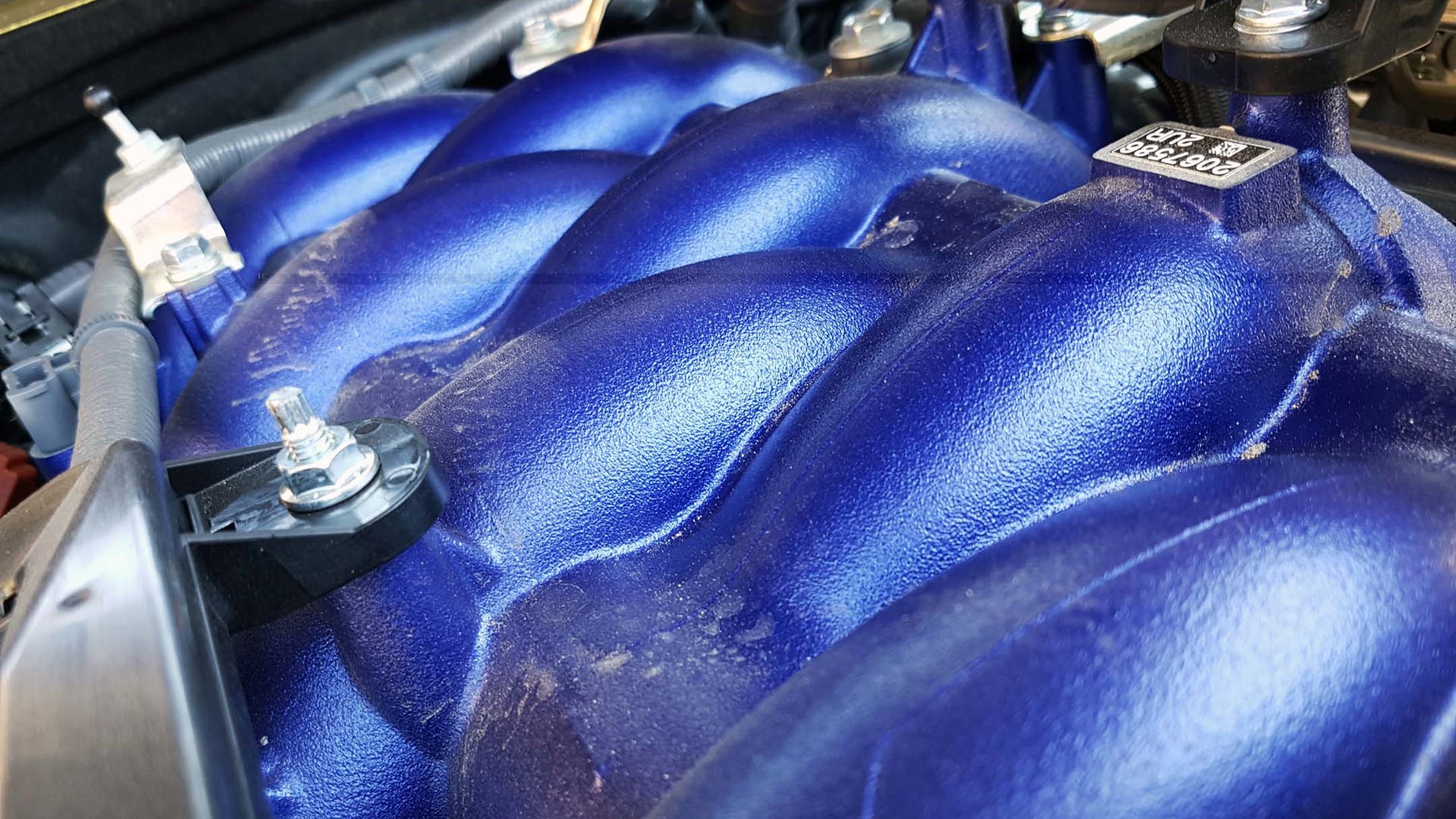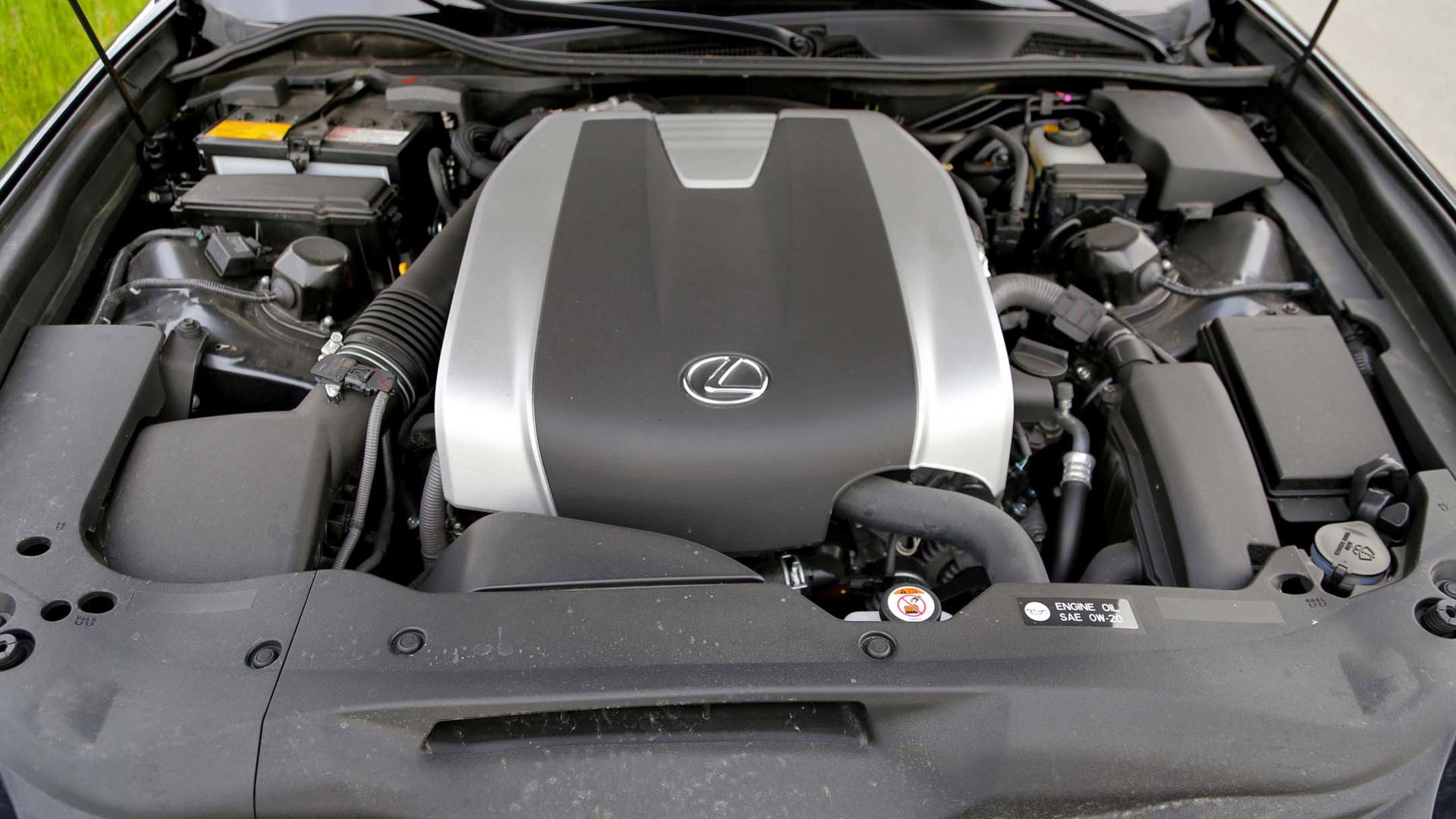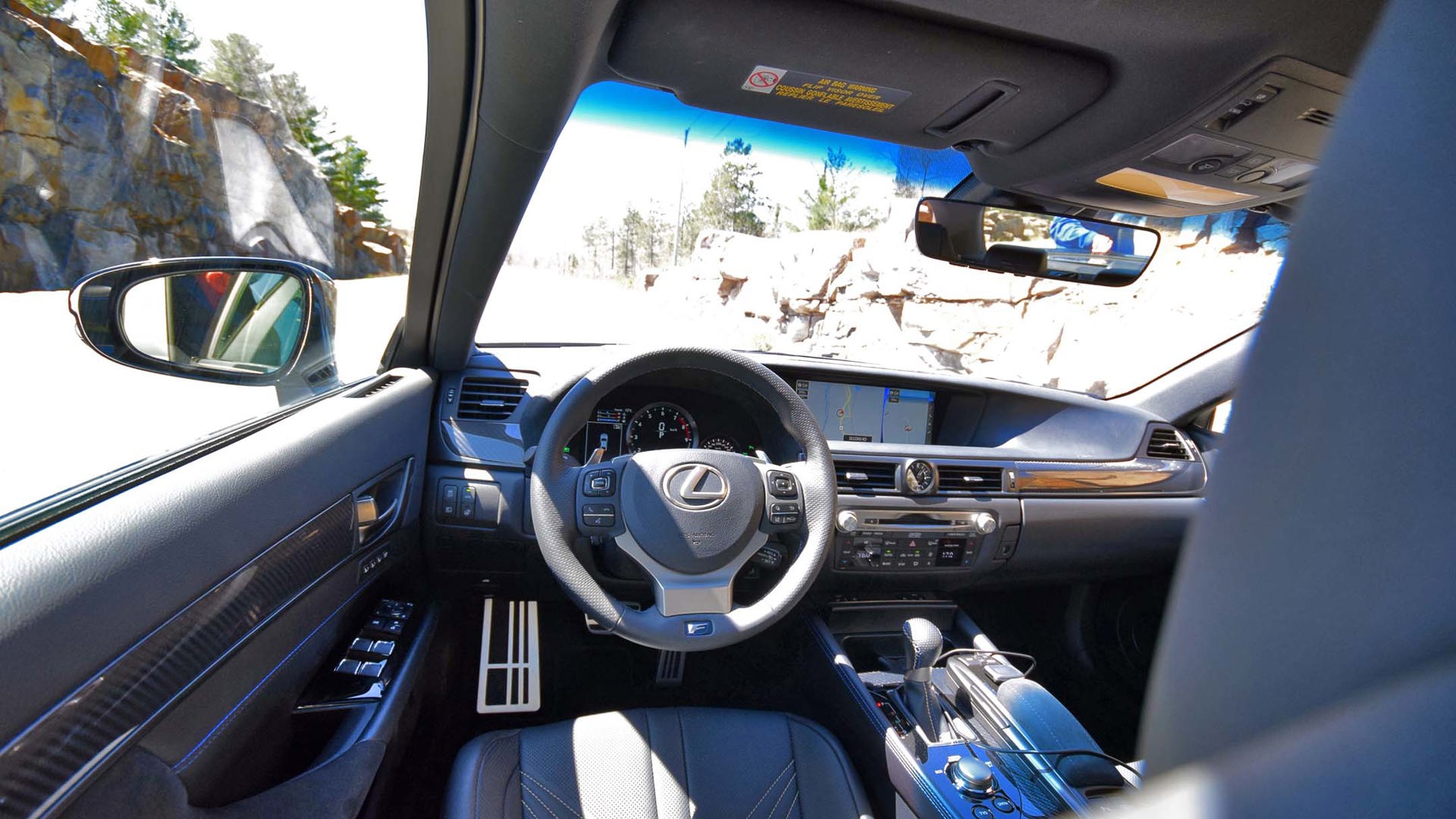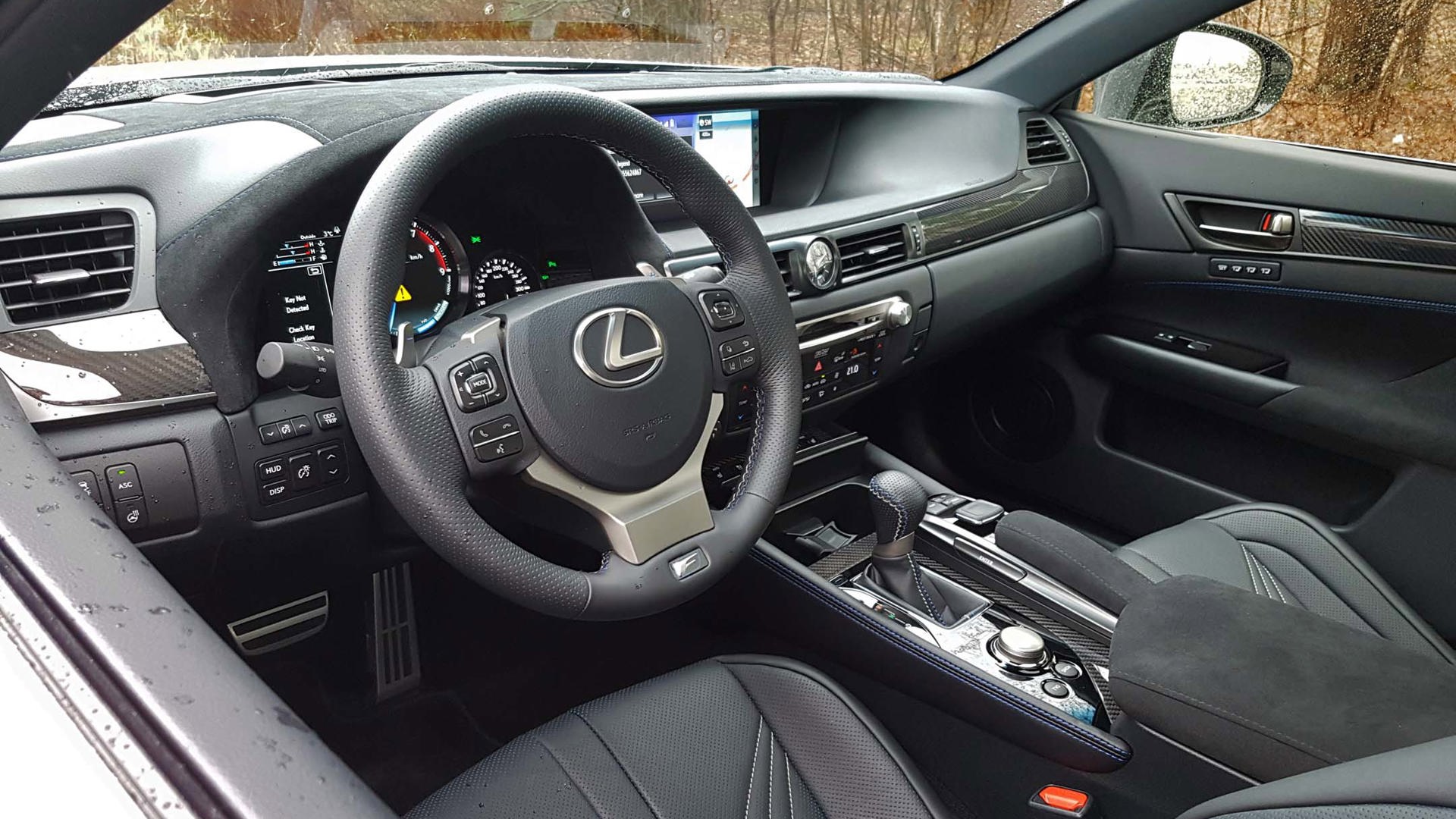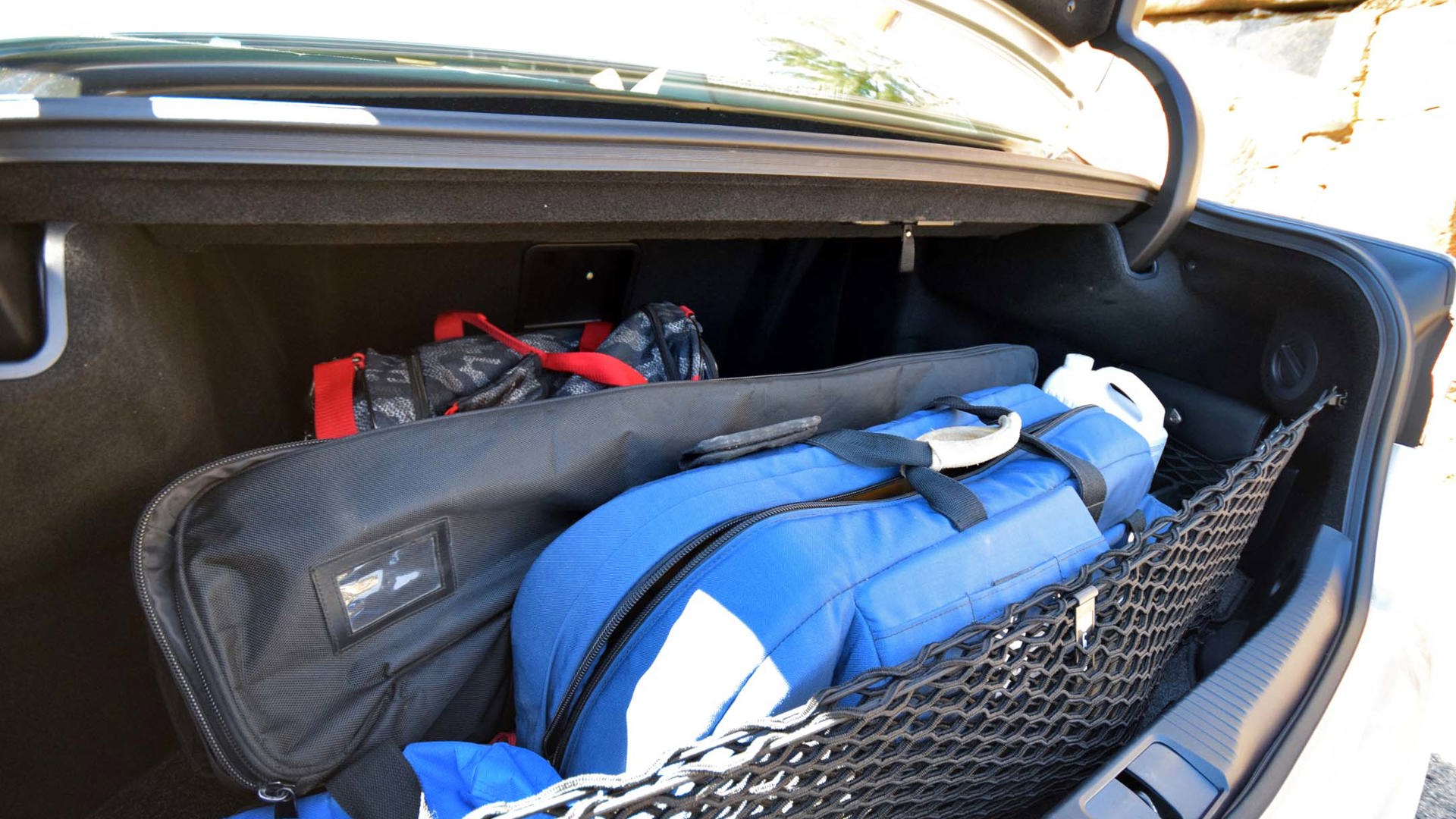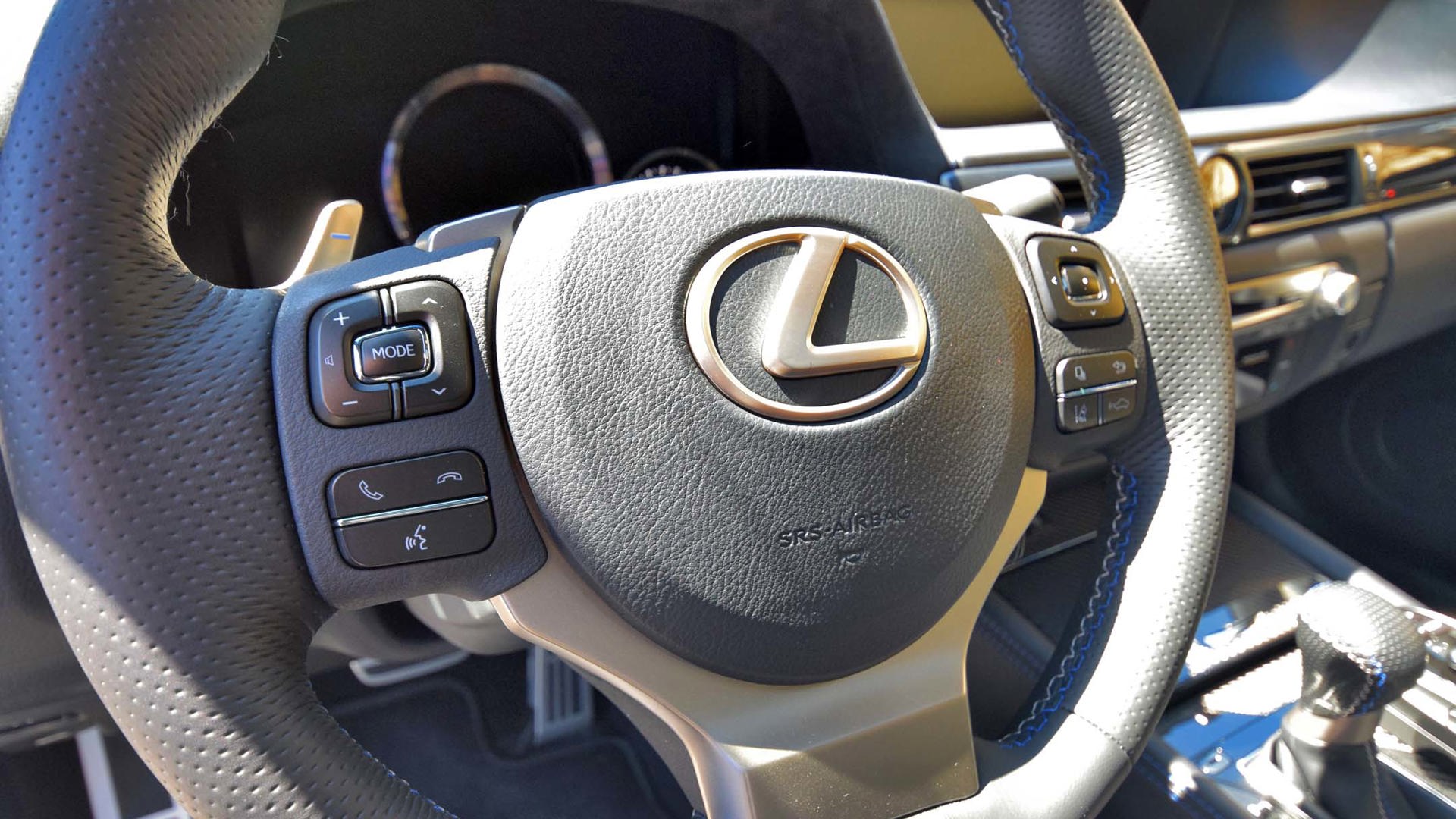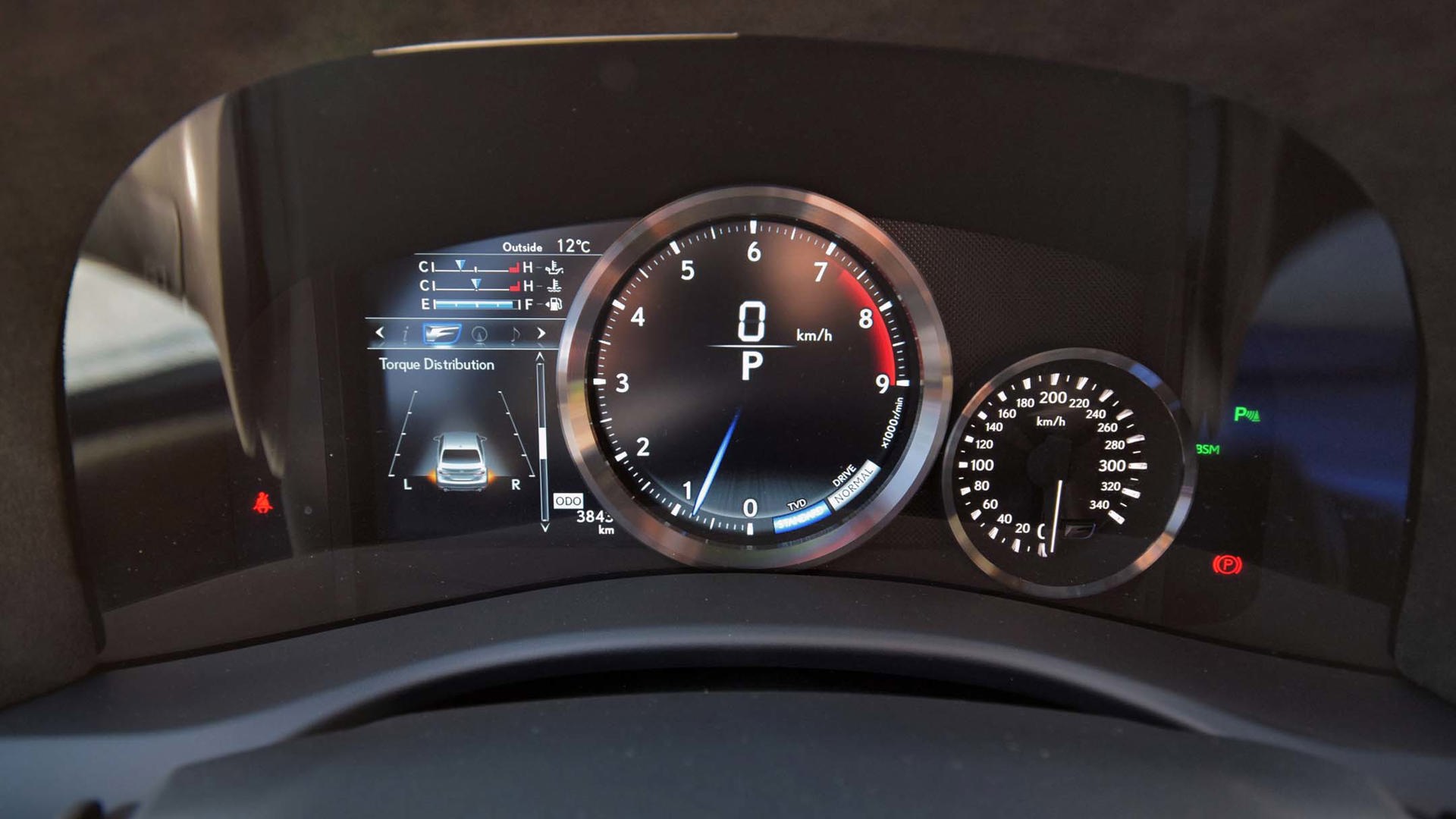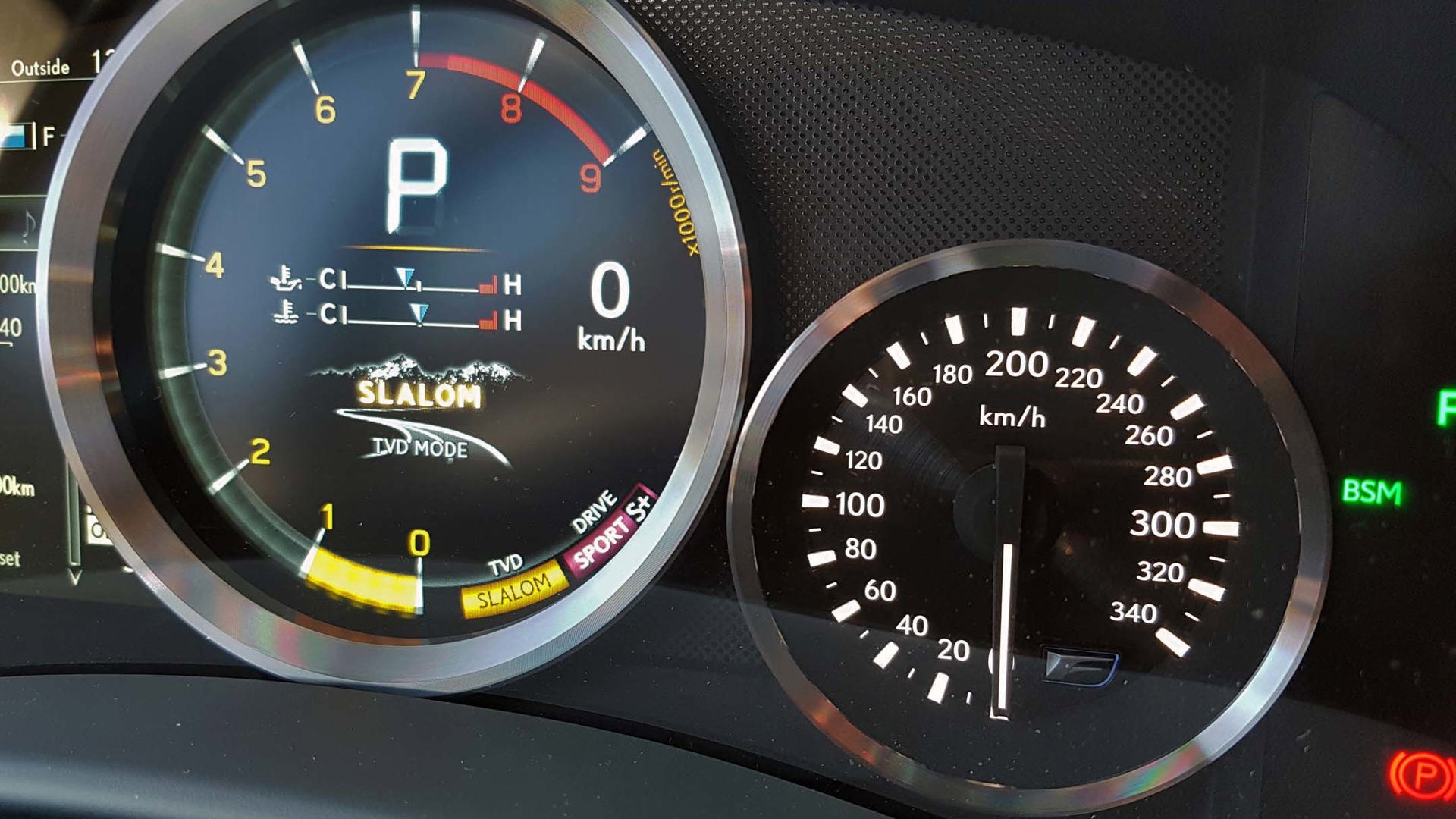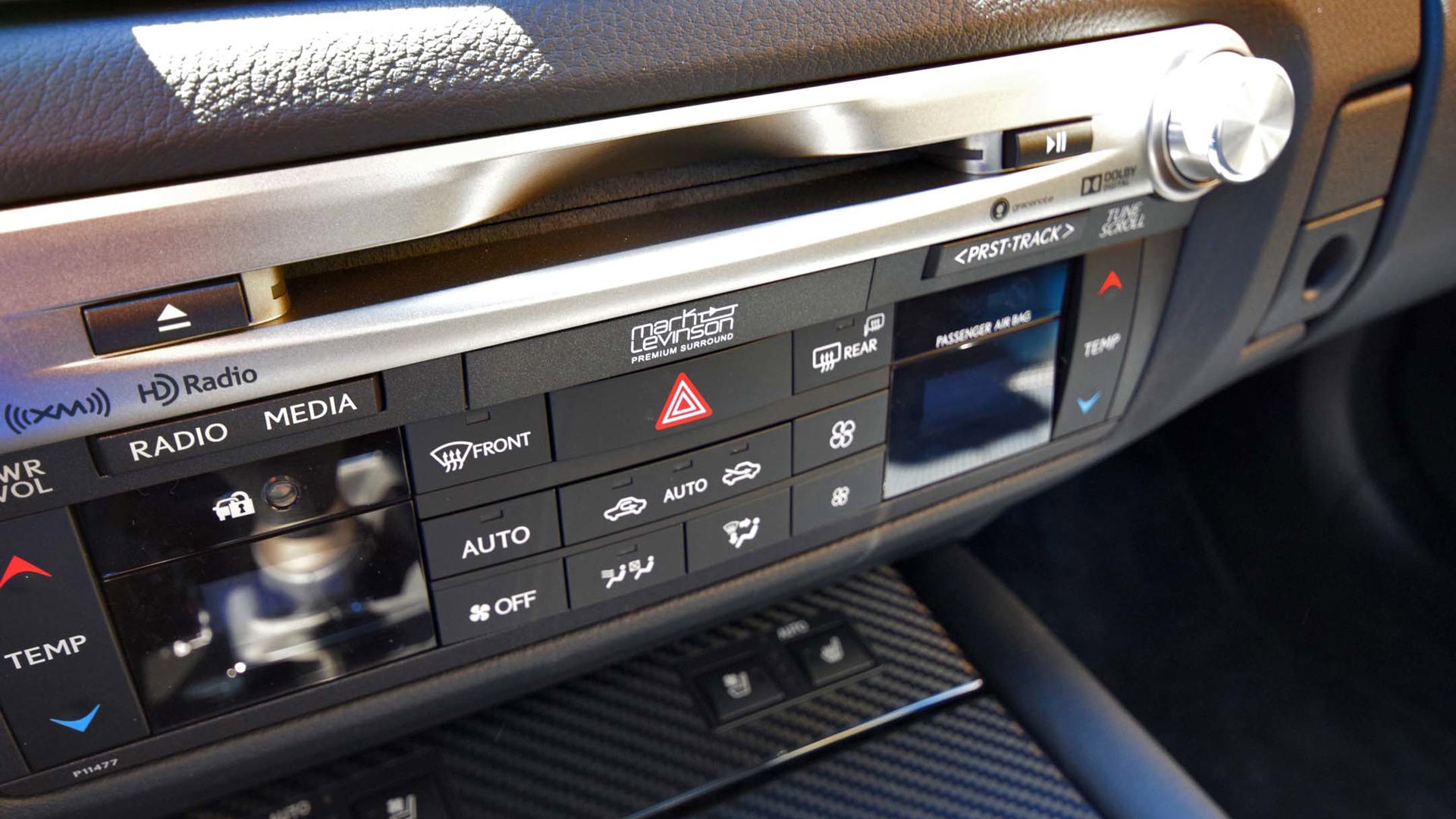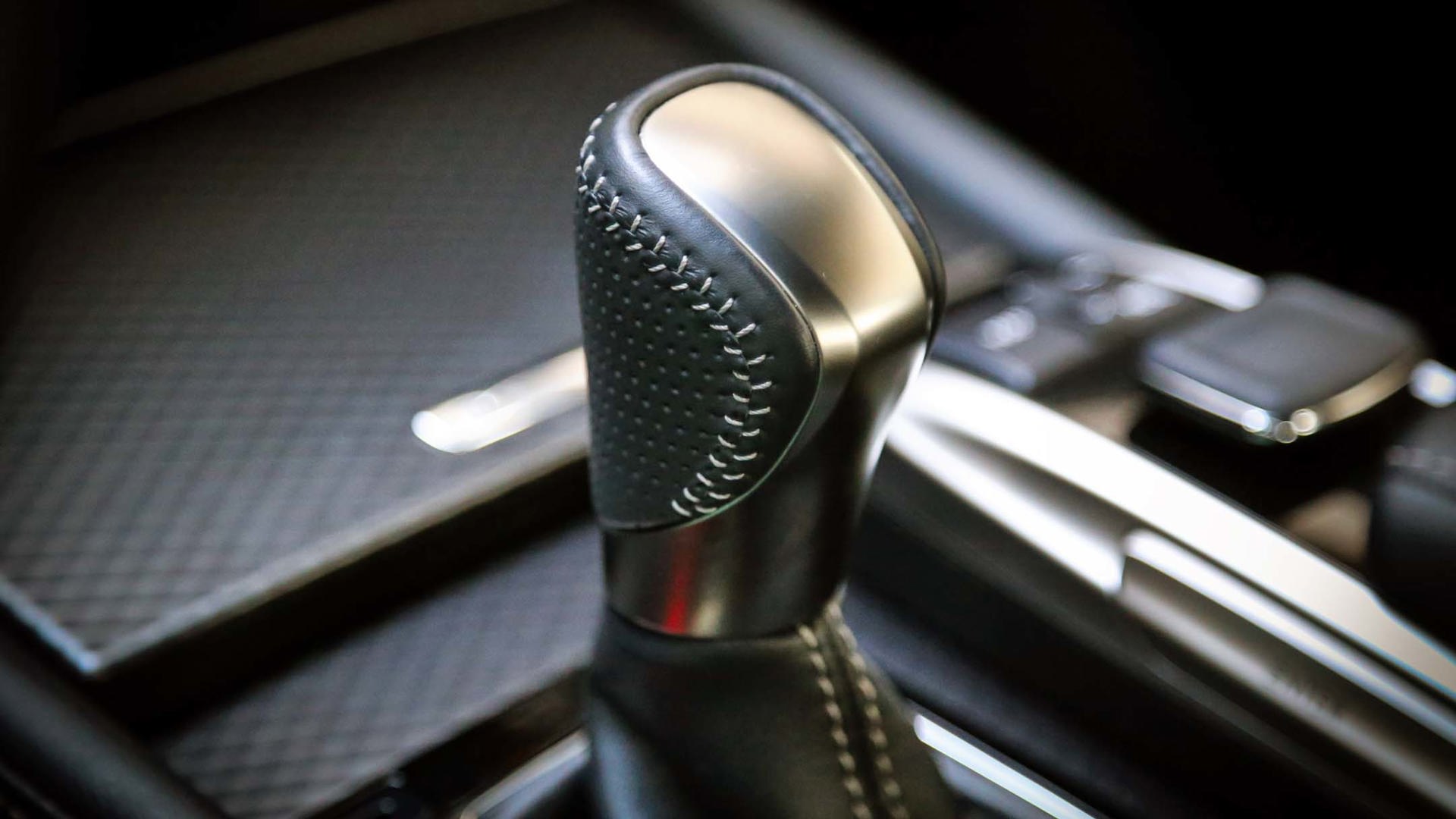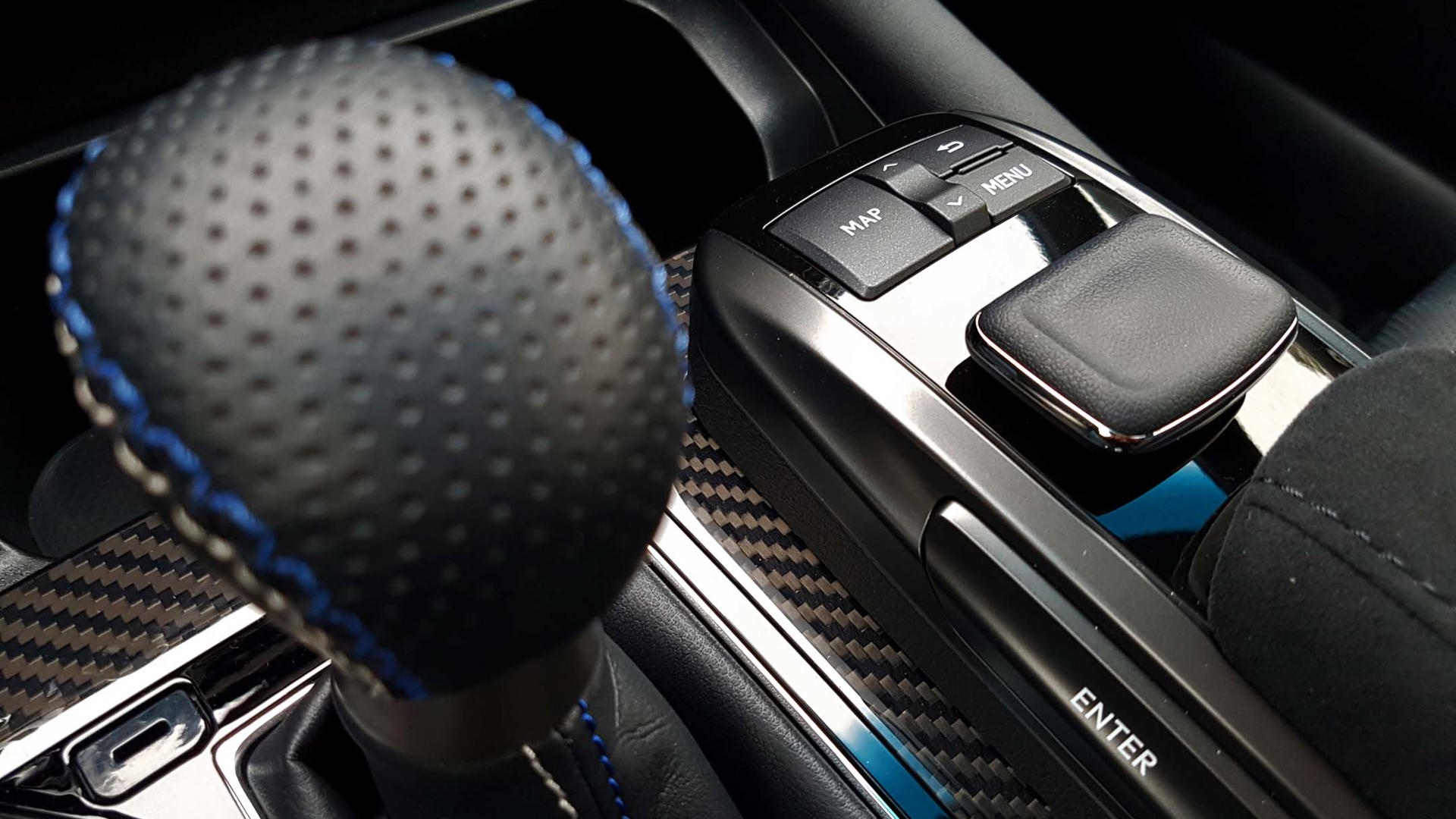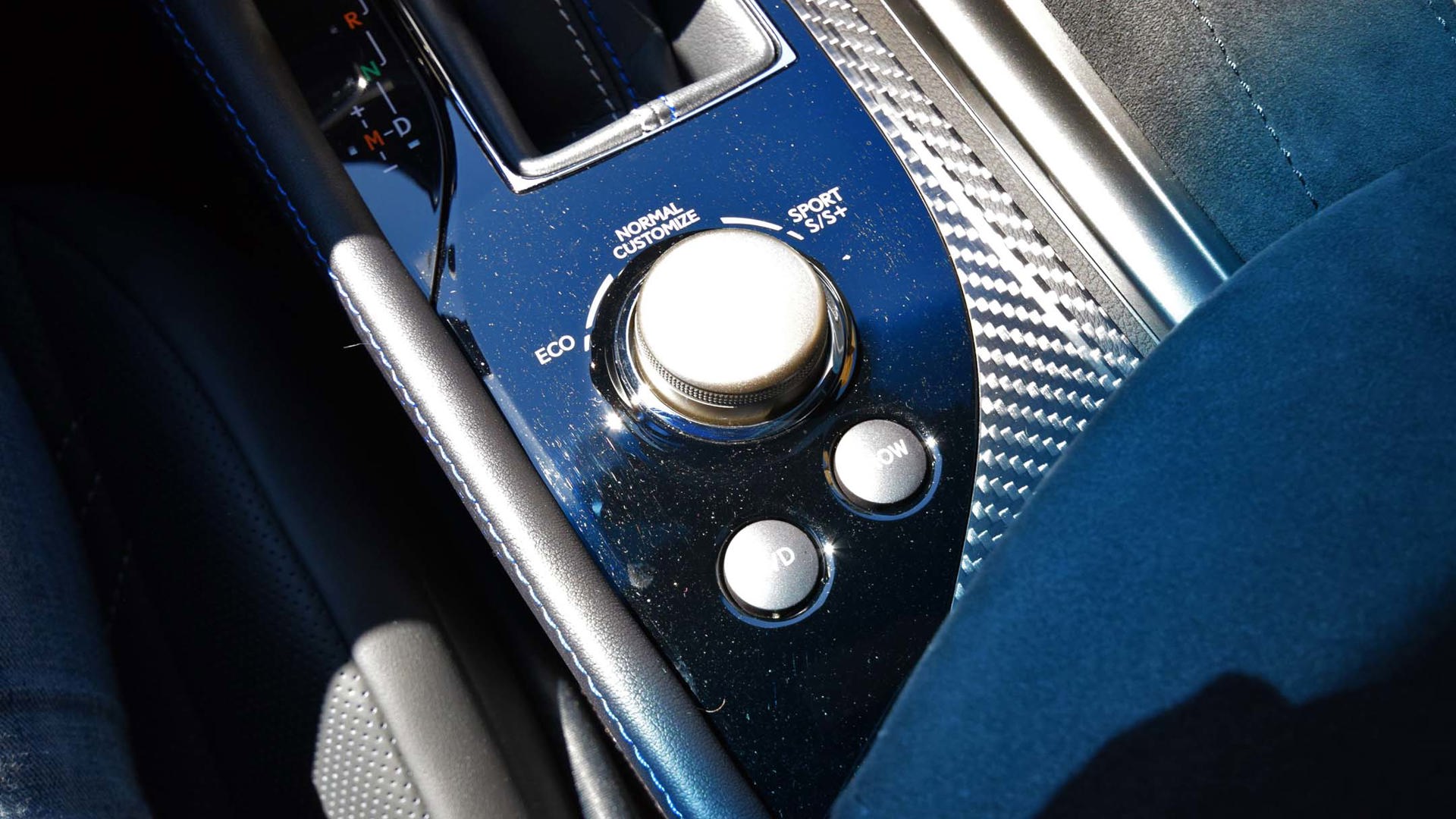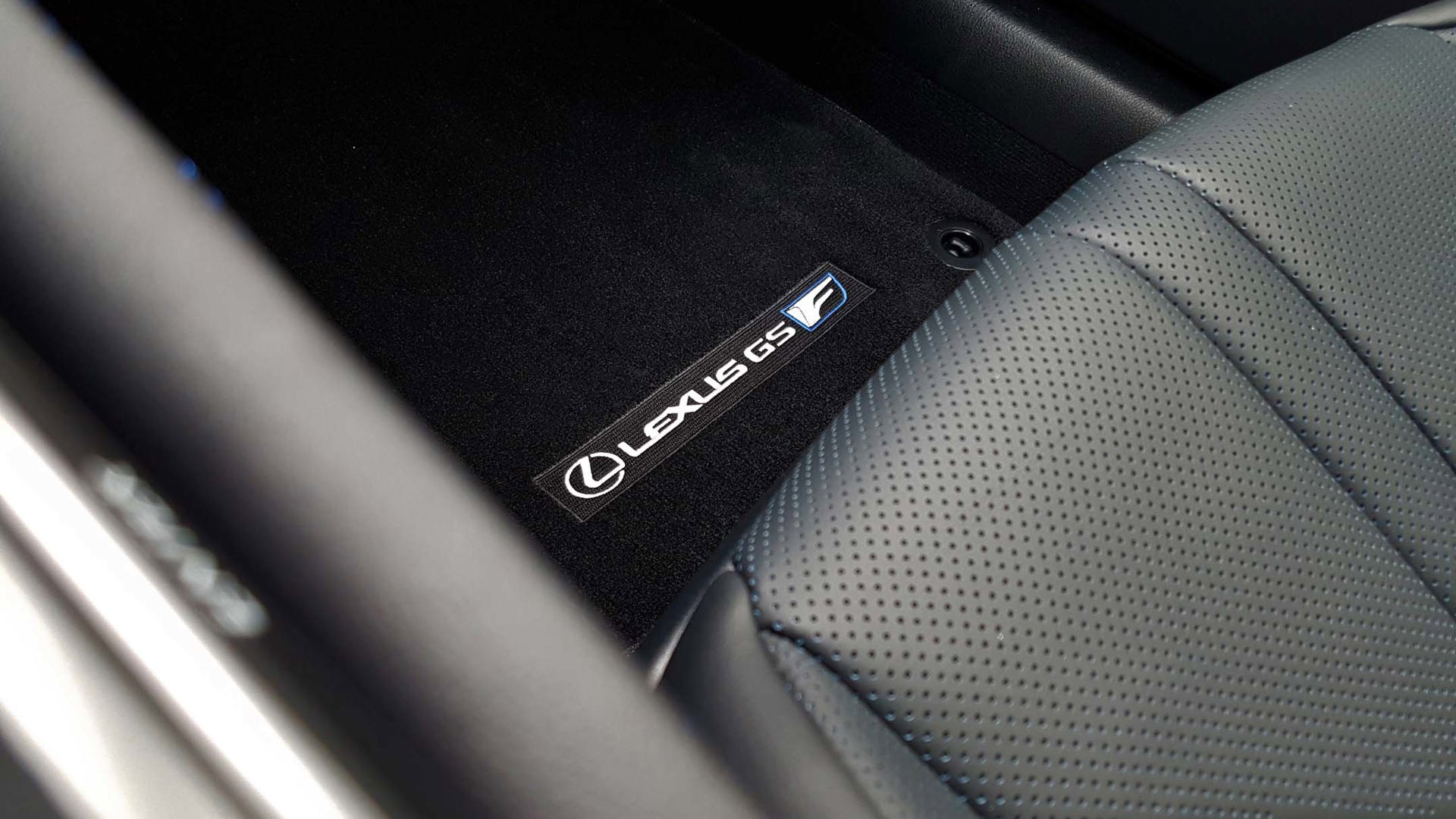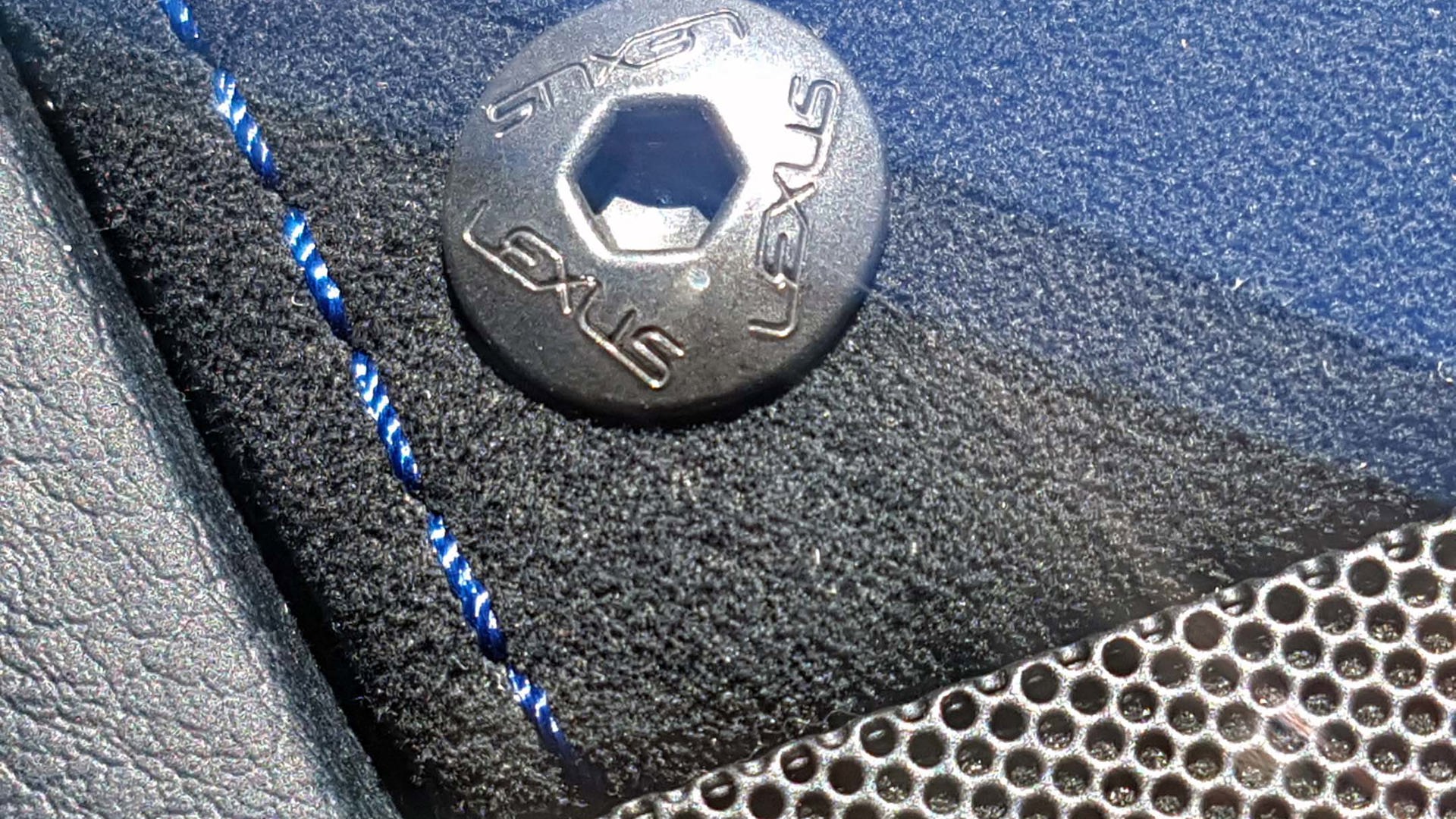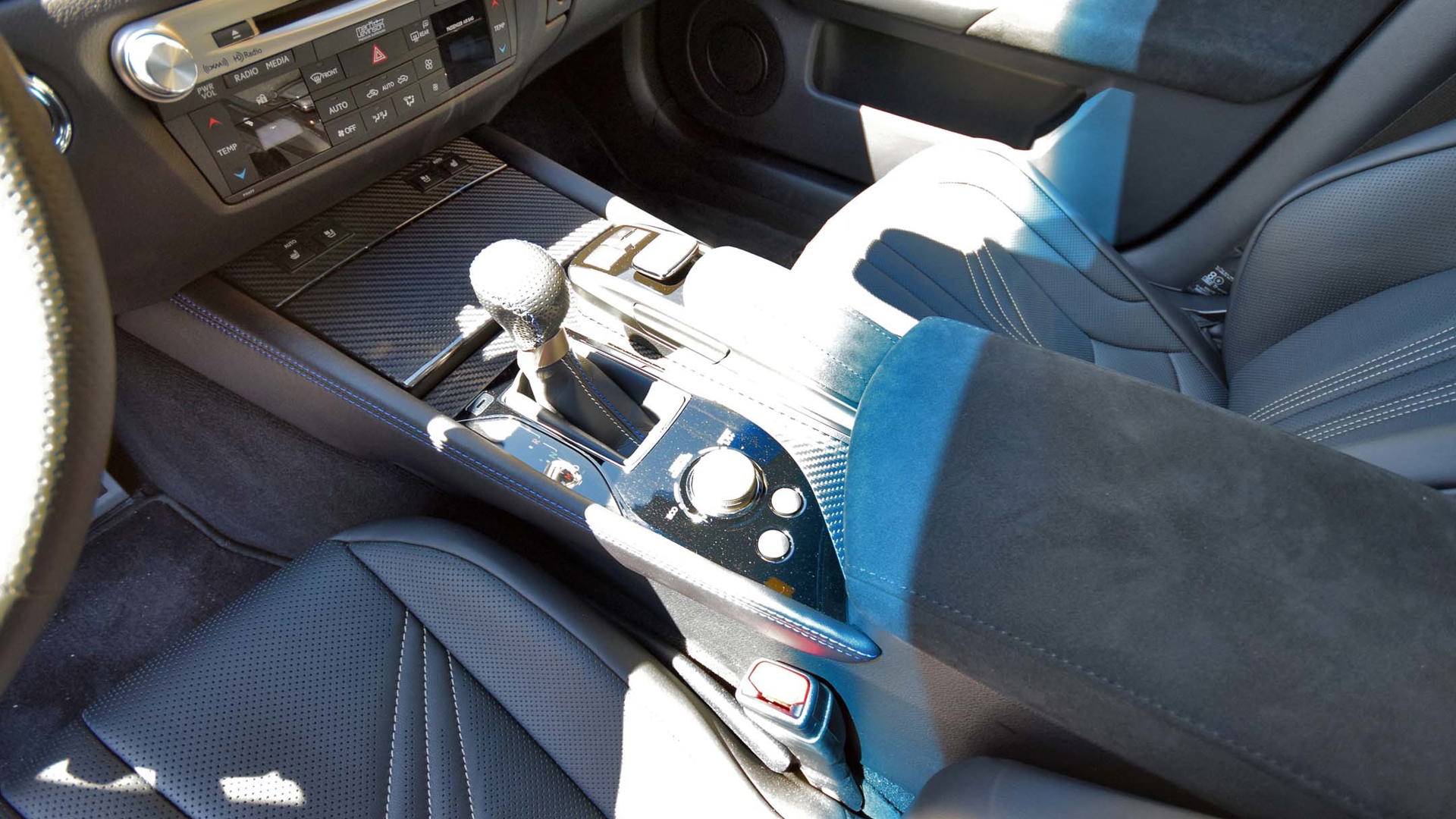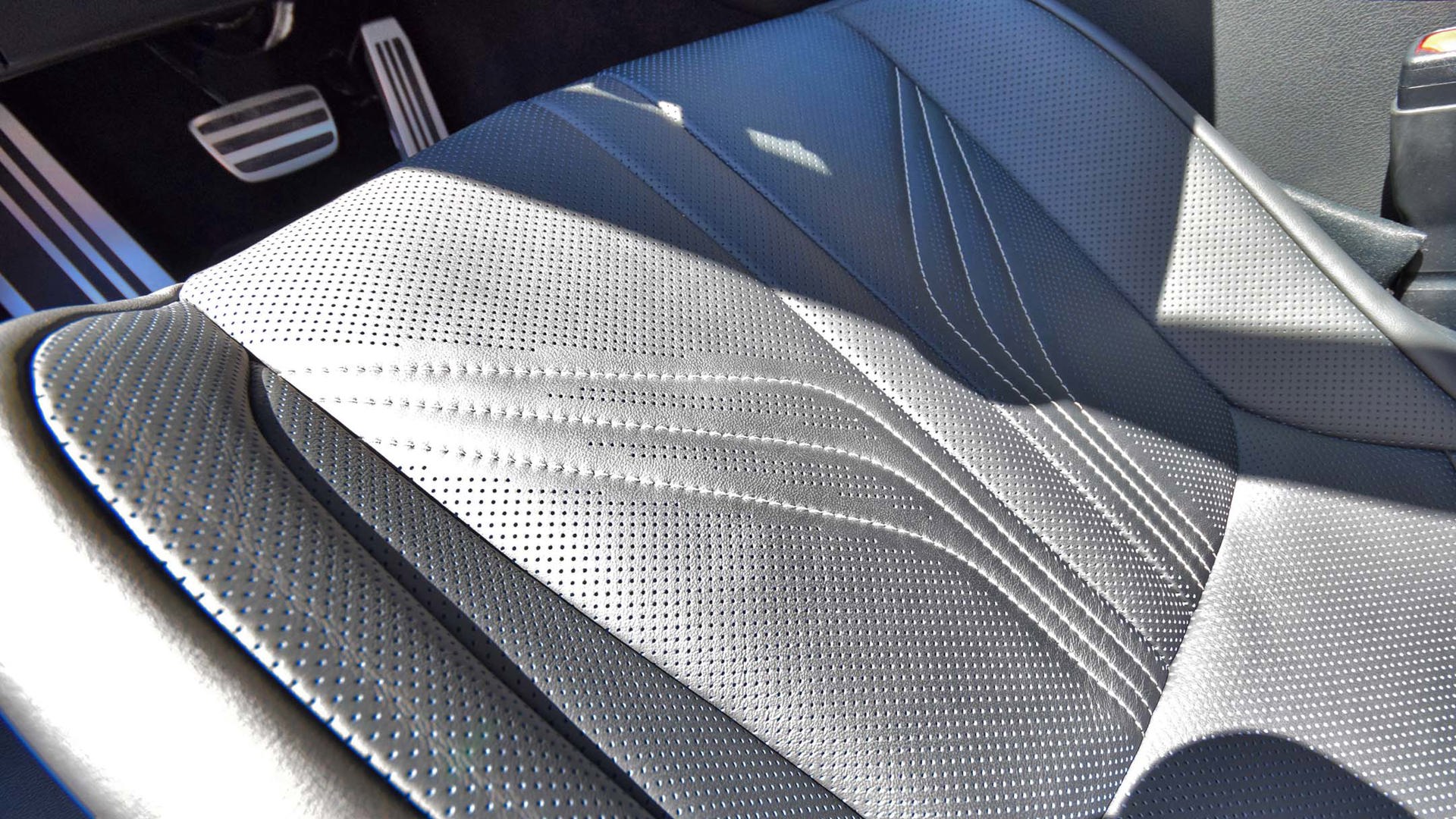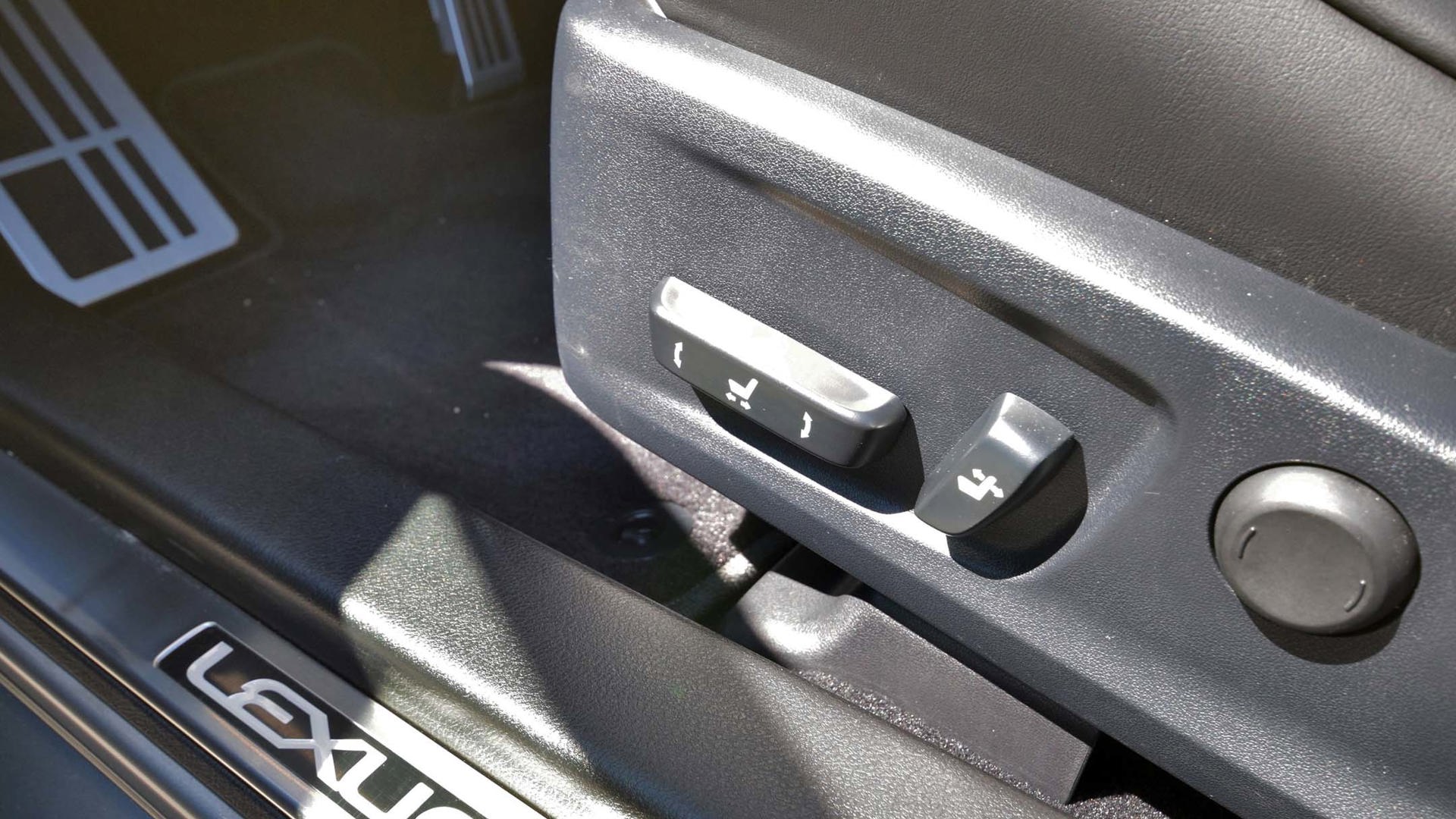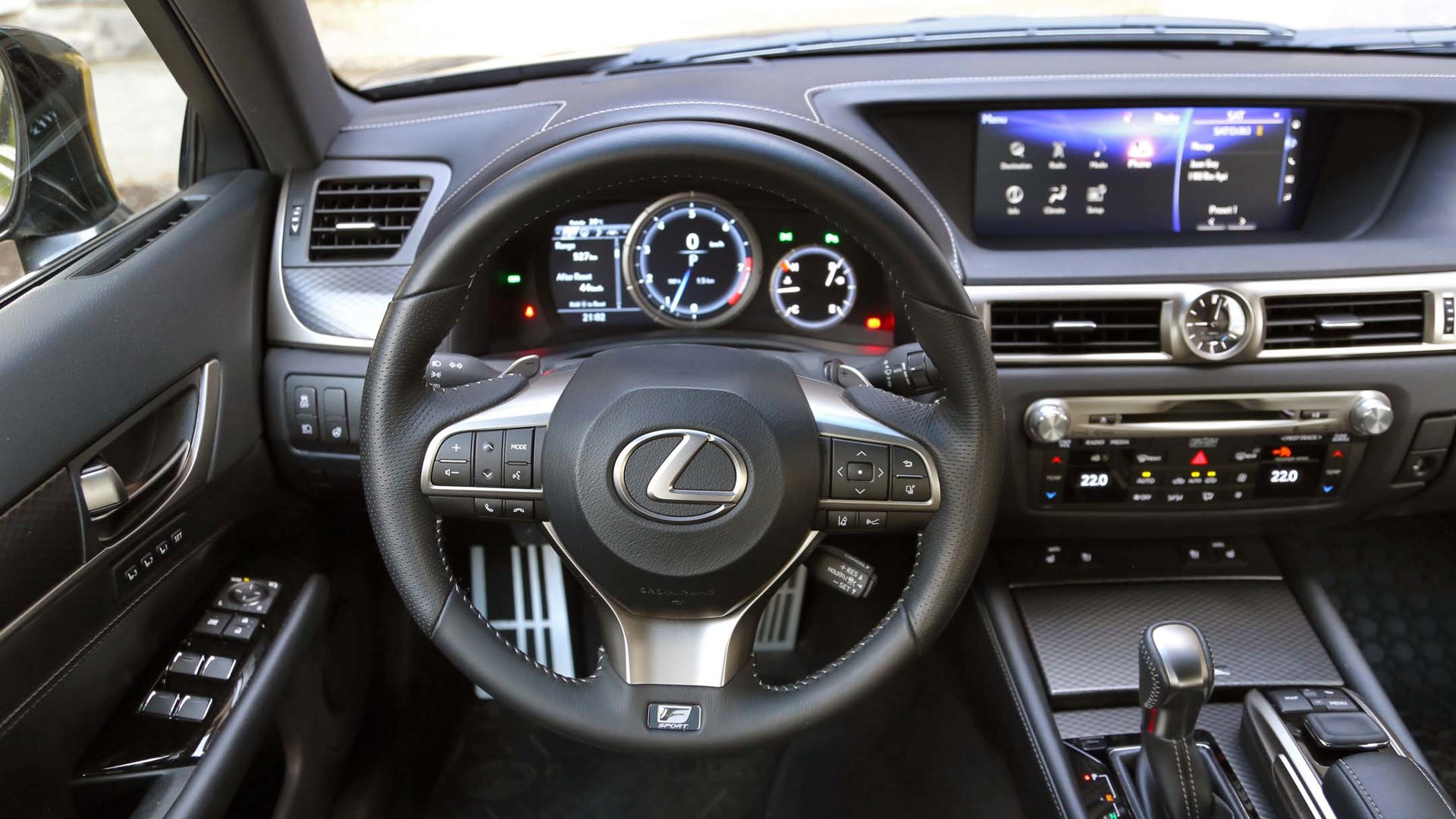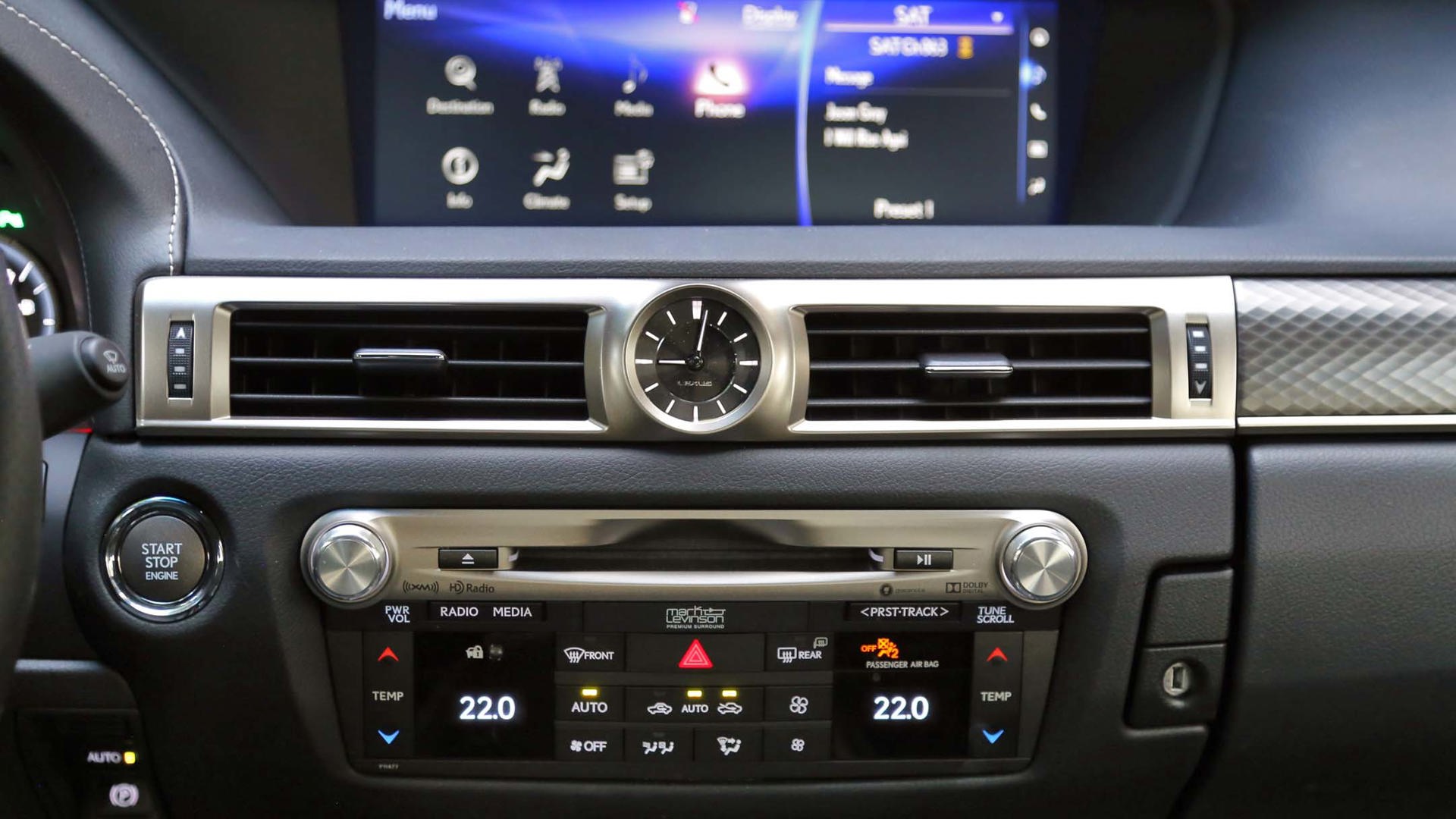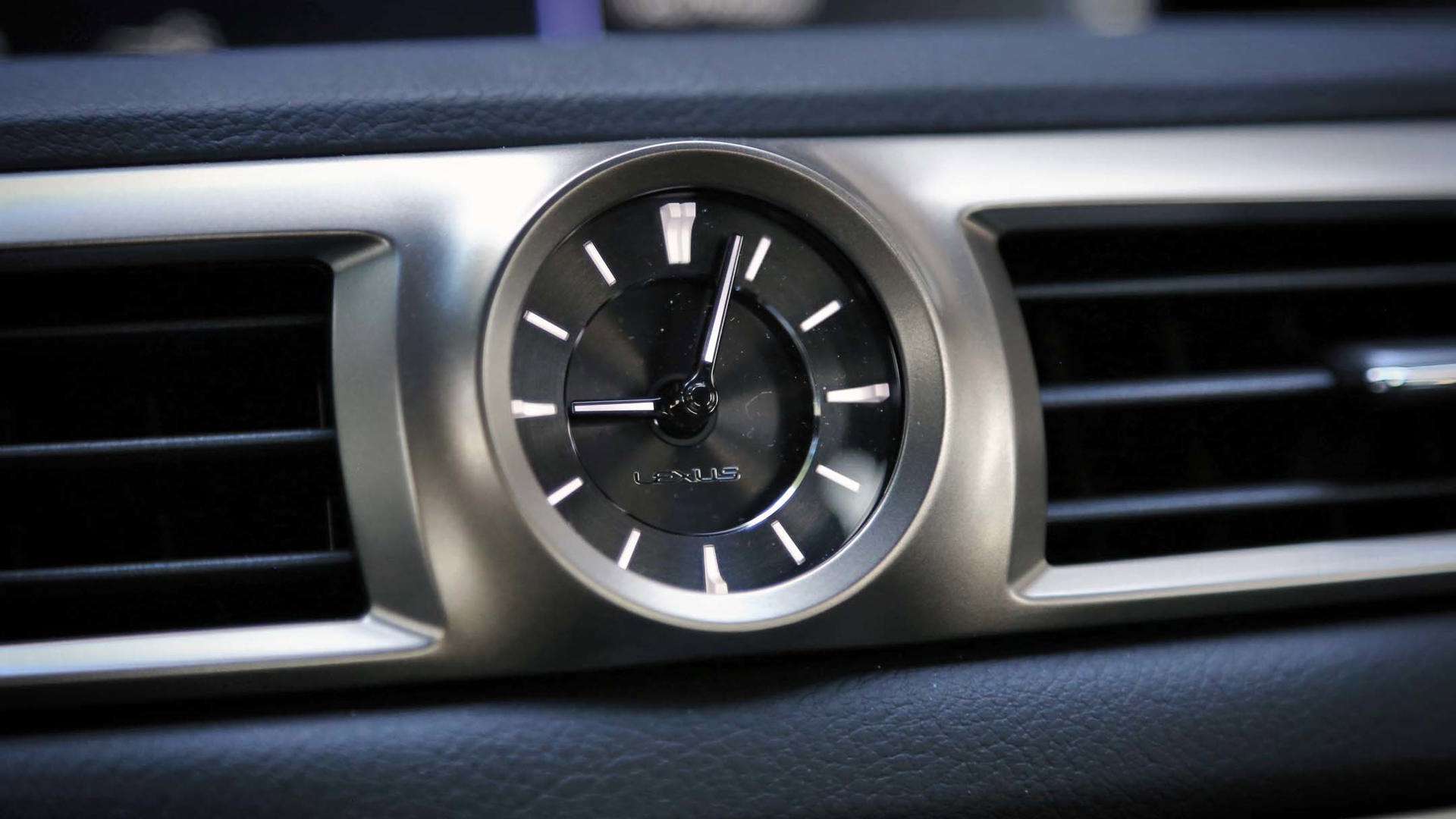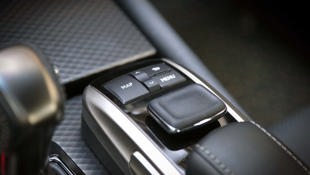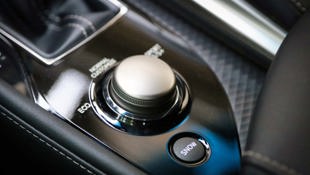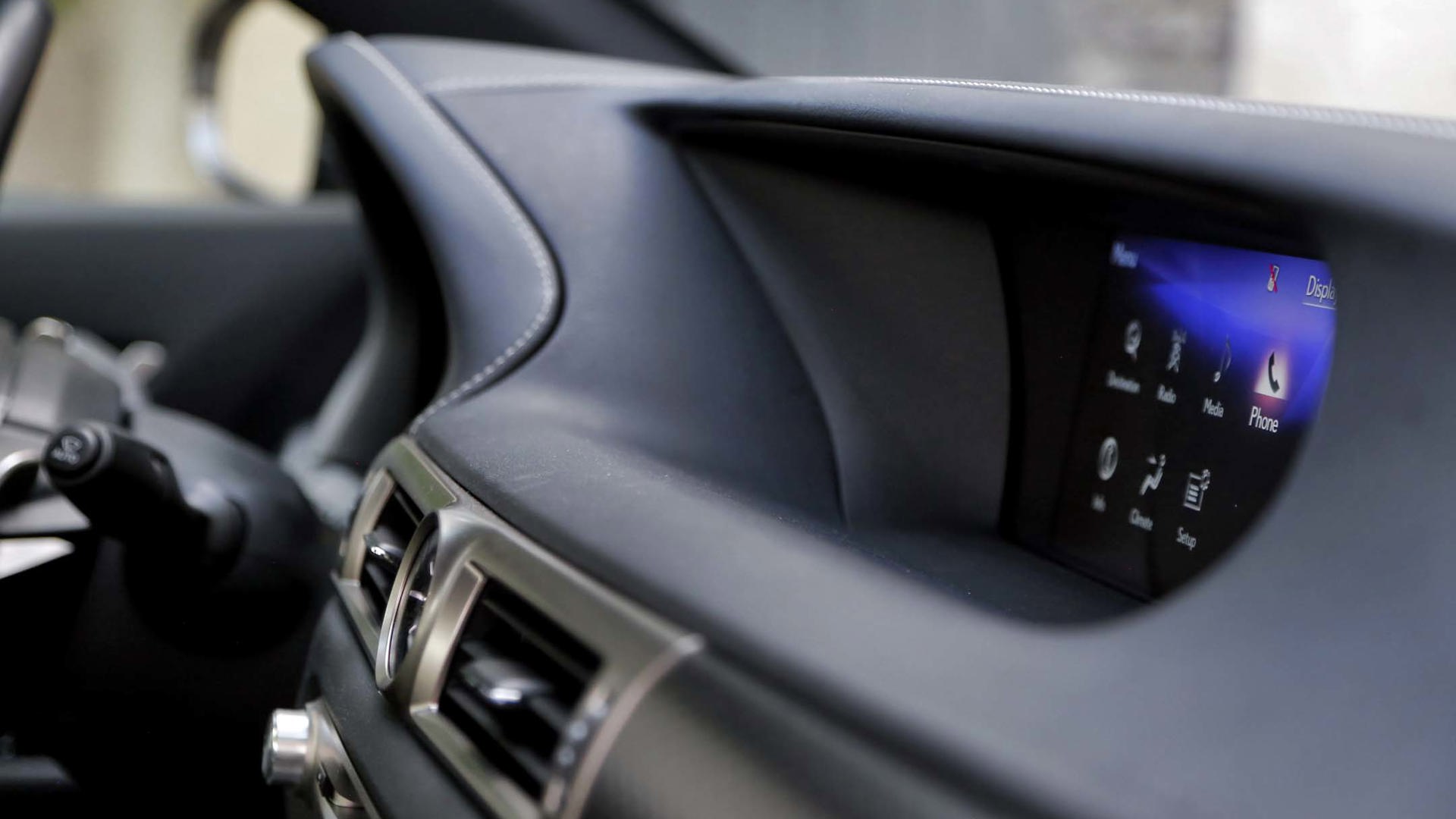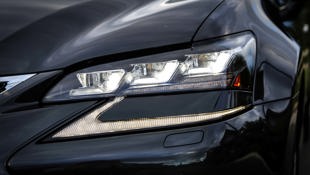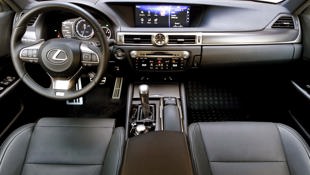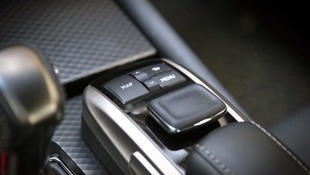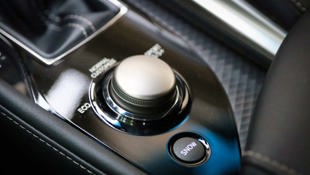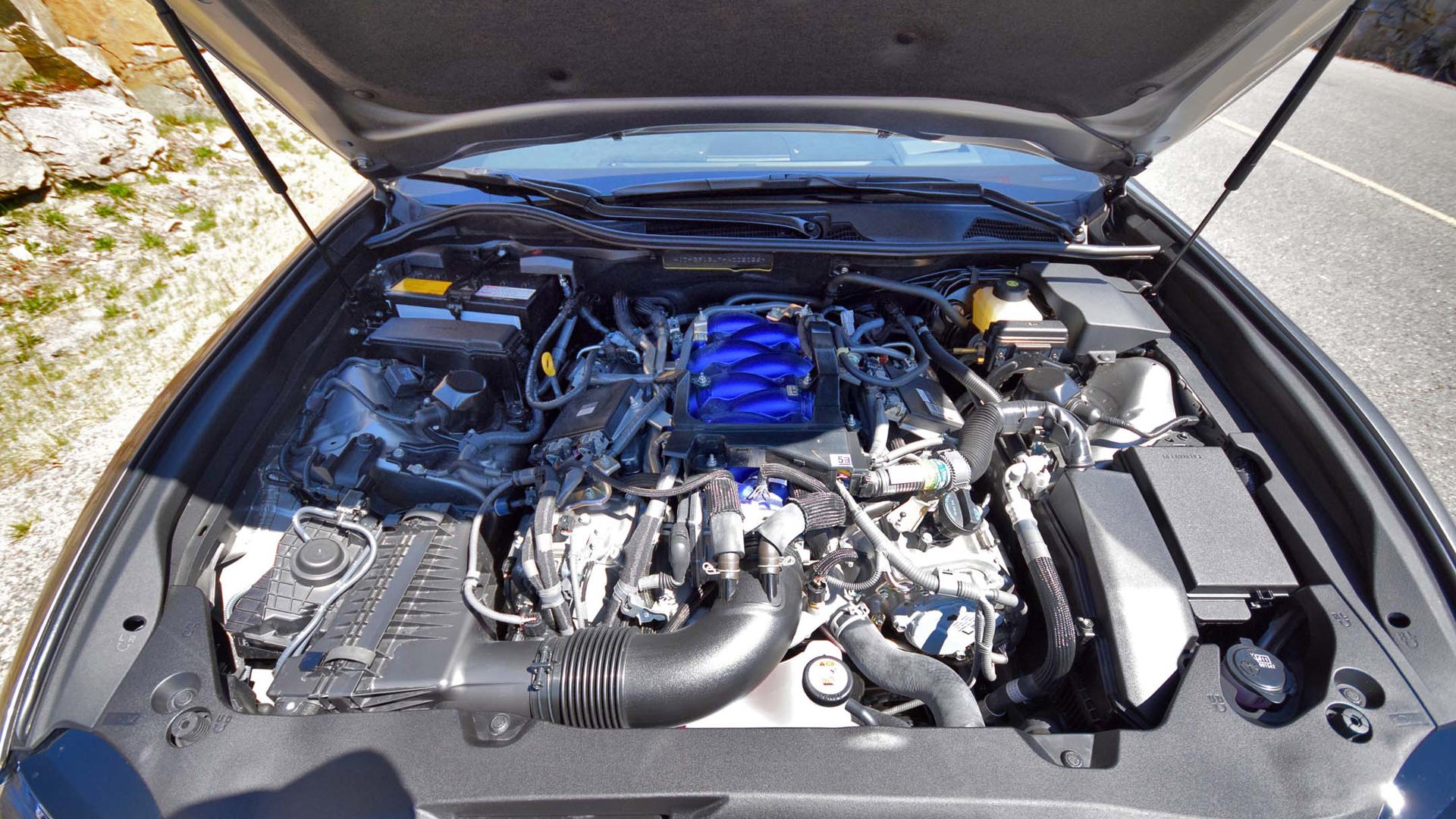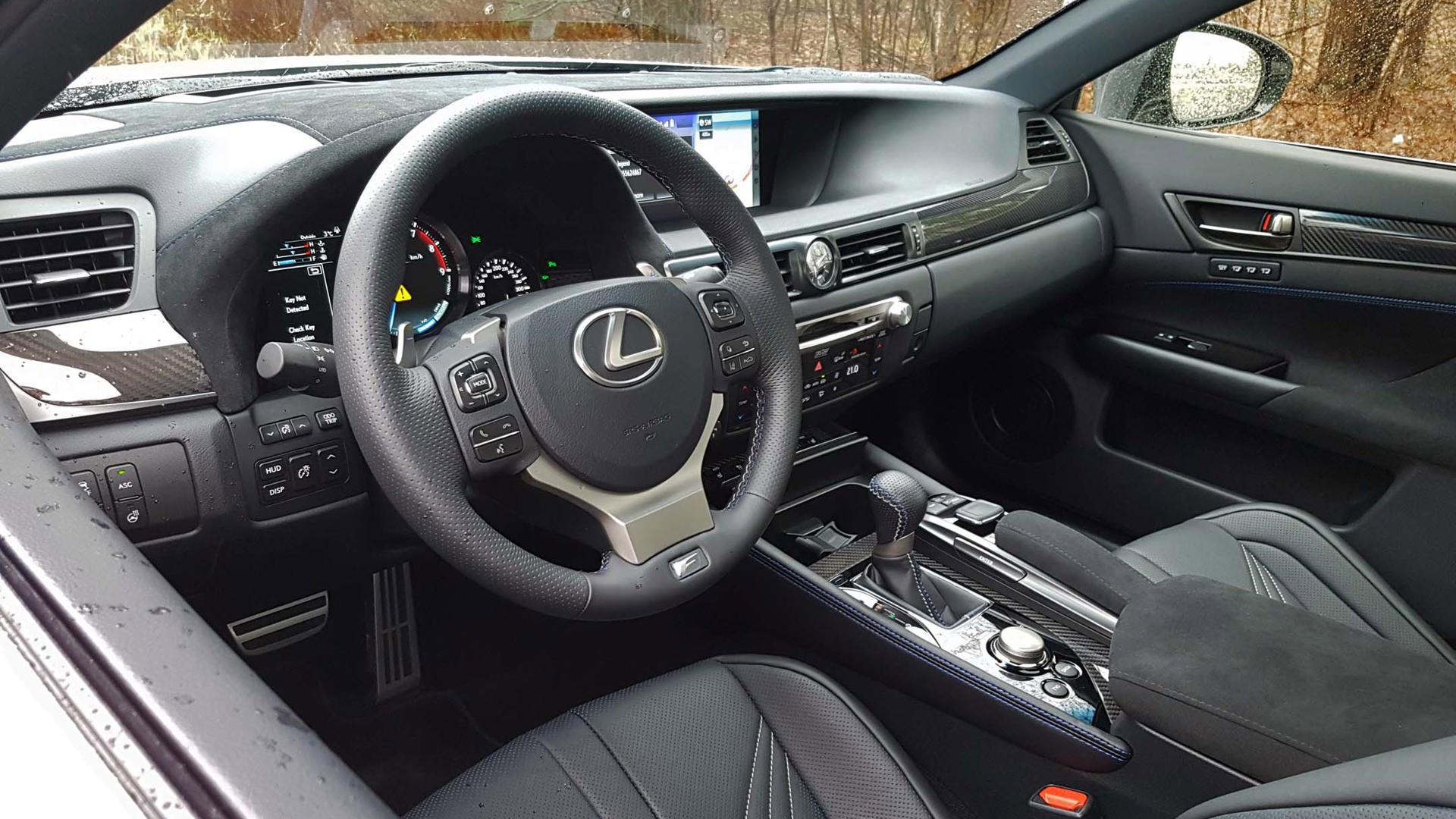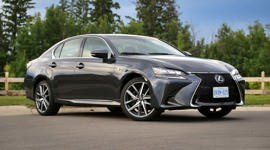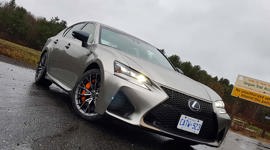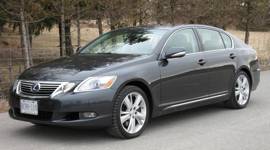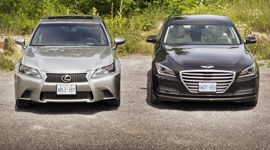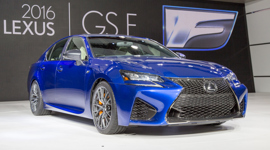Vehicle Type
Luxury mid-size sedan
History/Description
The fourth-generation Lexus GS made its Canadian debut for the 2013 model year, adding more features, new safety and comfort technology, and a series of enhanced engines. 2020 marks the final year for the GS, thanks to a cooling sedan market and some segment overlap with the ES, which saw a new generation in 2018.
With consistently high ratings for dependability and owner satisfaction, used Lexus models tend to be popular with shoppers after a worry-free ownership experience. An abundant selection of sub-models and options packages meant the GS could be easily set up to match the needs of virtually any luxury sedan shopper. For this used guide, we’ll be focusing on the mainstream GS models, including the GS 350, the sporty GS F-Sport, and the hybrid-powered GS 450h.
Look for impeccable interior build quality, premium touches to spare, premium audio and lighting provisions, climate-controlled leather seating, a drive-mode selector, a large central infotainment screen, a head-up display, night vision, adaptive cruise, and plenty more.
All models are four-door sedans with seating for five. Those considering other options in this segment should also take a look at the Audi A6, BMW 5 Series, Cadillac CTS, Jaguar XF, Mercedes-Benz E-Class, and, of course, stablemate Lexus ES.
Engines
The GS 350 is powered by a 3.5L V6 engine, generating up to 311 hp in 2016 and newer units; earlier models still made 306 hp. Look for rear- or all-wheel-drive (AWD) variants, depending on the year and model you’re considering.
If you’re after more power and efficiency, the GS 450h is powered by a 3.5L V6 teamed up with an electric motor and rear-mounted battery for 338 hp and reduced fuel consumption. Note that the GS 450h came in rear-wheel drive only. All units got an automatic transmission.
What Owners Like
On most aspects of quality and comfort, the GS seems to have impressed its owners with a high-end look and feel both inside and out. Owners say the GS has a solid and substantial road feel, great performance in the snow with the available AWD system, and strikes a nice balance between performance and efficiency. Powerful headlights and a potent Mark Levinson stereo system are common feature favourites. Many owners say the GS easily feels like it’s giving them their money’s worth.
What Owners Dislike
Some owners wish for a more straightforward central command interface, and a traction control system that’s less aggressive in some situations. Owners of sportier models, like the F-Sport, wish for a smoother and quieter ride on some road surfaces, too. Note that AWD-equipped models have a strangely shaped driver footwell area, complete with a strange bulge off of the centre tunnel. This makes room for the AWD system hardware beneath, but may cause discomfort for some drivers by chewing up space around their feet.
Here are some owner reviews, as well as a list of owner gripes.
Pro Tip: Shop Mid-generation Refresh for Numerous Upgrades
If it’s in your budget, opting for a 2016 or newer unit might be the way to go. For 2016, Lexus updated the GS with more power, more safety tech, upgraded multimedia connectivity provisions, and sharper exterior looks.
Pro Tip: Give Hybrid System Additional Scrutiny
If you’re considering a used GS 450h, be sure to have the vehicle inspected by a hybrid-qualified Lexus technician before you buy. This is your single best defence against unlikely but potentially pricey problems with the complex hybrid drive system.
The Test Drive
Door Damage
The owner’s community has documented a possible issue with the GS’s doors and seat belt latches, which may get in each other’s way and cause damage. Metal seat belt latches may find their way in between the door and the frame, resulting in damage if the door is closed onto the metal latch. Some owners have reported damage to interior door panelling and rocker panel scuff plates as a result.
Check each door and door opening for signs of damage, and call any excessive wear into your pricing negotiations. If you experience this problem yourself, owners say that dealers can look up a technical service bulletin (TSB) to help remedy the problem. Here’s some more reading.
Regular or Premium Fuel?
Here’s a lengthy discussion on which grade of fuel to run in the Lexus GS, with many owners debating the need to feed it premium-grade gasoline. Though the GS will run on regular-grade gasoline, drivers may experience reduced performance and increased fuel consumption. The full scoop on which type of fuel to feed your new-to-you GS is in the back of the owner’s manual. The gist? Use premium as recommended.
Battery Check
Used GS shoppers are strongly advised to have the battery in their vehicle tested before – or immediately after – they buy. Weak or dying batteries can cause frustrating problems across various vehicle systems, including wonky safety system operation, warning lights, and sporadic non-functionality of various features. Here’s some more reading.
Use of a trickle-charger while the car is parked for extended periods is advised, as is replacing an older battery with a fresh new one at the first sign of any difficulty starting the engine quickly. A technician can perform a battery check and advise on overall battery health.
Note that unplugging any connected USB devices when parking your vehicle, and storing the remote key fobs far away from it, may help prevent unwanted battery drain.
It’s also important you only replace your GS’s battery if you’re aware of the specific procedures required to retain system voltage when the old battery is removed, which may require special equipment. If you (or a non-qualified shop) replaces the battery without following specific procedures, you may experience potentially pricey problems across various vehicle systems, including blown fuses and problems with the head unit. A Lexus technician is the best person to perform a battery swap.
Sunroof Rattle
Numerous owners have reported a rattle or clunk from the GS’s sunroof, which may require some adjustment, lubrication, or new parts to fix. In some cases, replacing the sunroof’s rubber seal is the solution, and it’s not an expensive or difficult one. In other cases, various attempts failed to quell the offending noise. Listen carefully for any unwanted sunroof sounds on your test drive, and be sure to open and close the roof panel several times to see if the noise presents itself. Here’s some more reading.
Excessive wind noise and whistling from the sunroof is also reported by some owners.
Don’t Buy From This Guy
Here’s another all-too-common discussion where an owner questions the importance of regular maintenance at factory-prescribed intervals, because of the cost. Check all service records and take steps to ensure you’re not buying a used GS from anyone who considers proper maintenance to be optional. If you do, you may experience lower resale value, poor reliability, and denied warranty coverage.
Recalls
The Lexus GS was subjected to several recalls, which are intended to address latent safety defects. One recall dealt with a potential defect in the braking system, and applies to some 2013 model year units. A dealer can determine which, if any, recall work is outstanding on the model you’re considering by checking its vehicle identification number (VIN) against a computer database. Recall work is performed for free by dealers, and improves vehicle safety. Ask your local Lexus dealer for more information.
Other Checks
Some owners have reported less-than-stellar durability from the finish of the GS, particularly around its exterior paint and the paint-like coating on certain wheel styles – particularly on the GS F-Sport. Inspect the outer surfaces of the GS you’re considering carefully, especially in vulnerable areas like the rocker panels, front bumper, and hood edge. Then, carefully inspect the finish of the wheels. Any excessive damage or wear should be called into your pricing negotiations.
The Verdict
Shoppers should be able to easily spot most of the Lexus GS’ commonly reported problems during a test drive. Though it’s not without some possible issues, a used GS seems to be relatively free of more serious electronic problems found in some competitor models, and with proven powertrains, few owners report anything alarming on the mechanical side, either.
A pre-purchase inspection (PPI), and purchasing from a certified pre-owned (CPO) program can add further confidence to your purchase.
Safety Ratings
NHTSA: N/A
IIHS: Top Safety Pick (2013)
